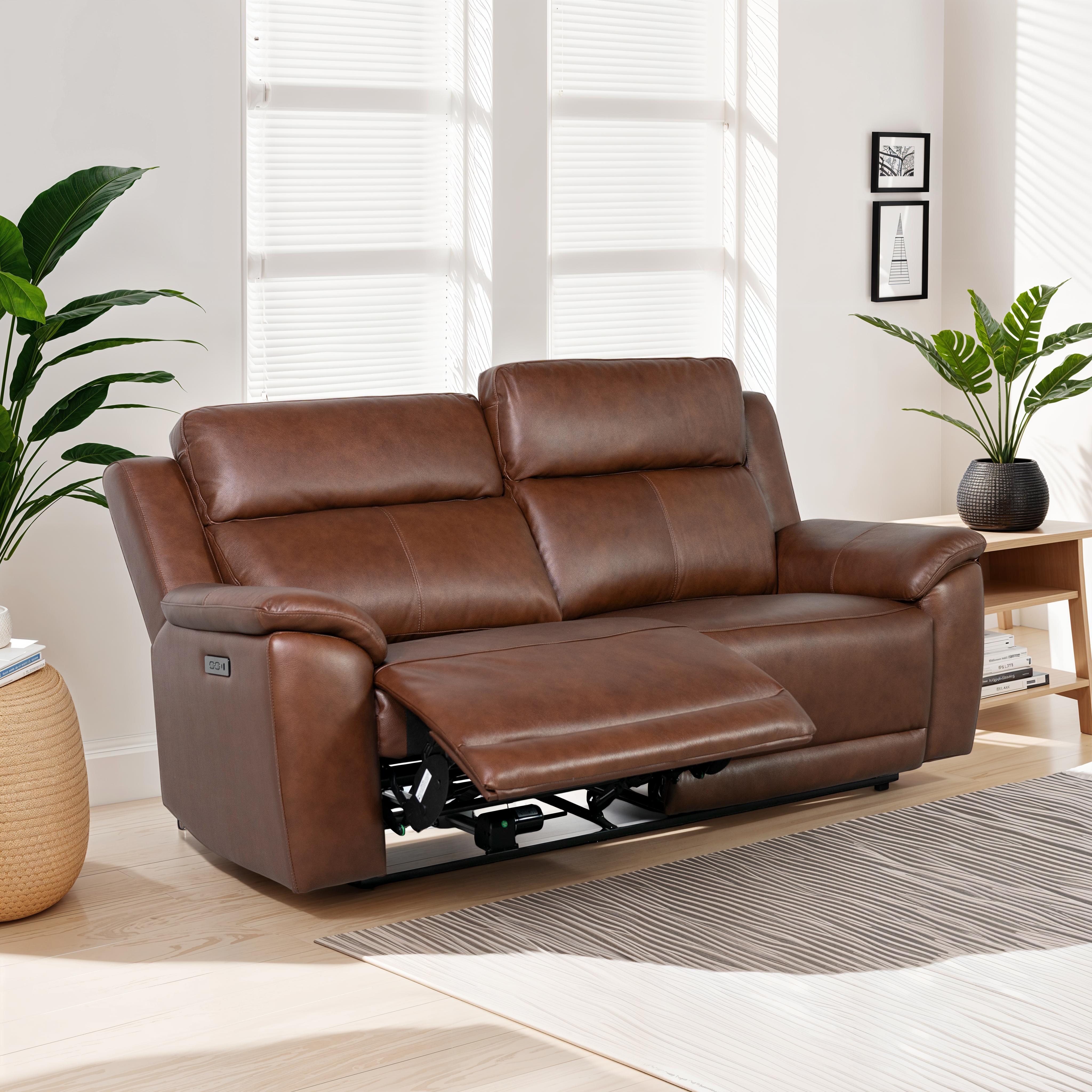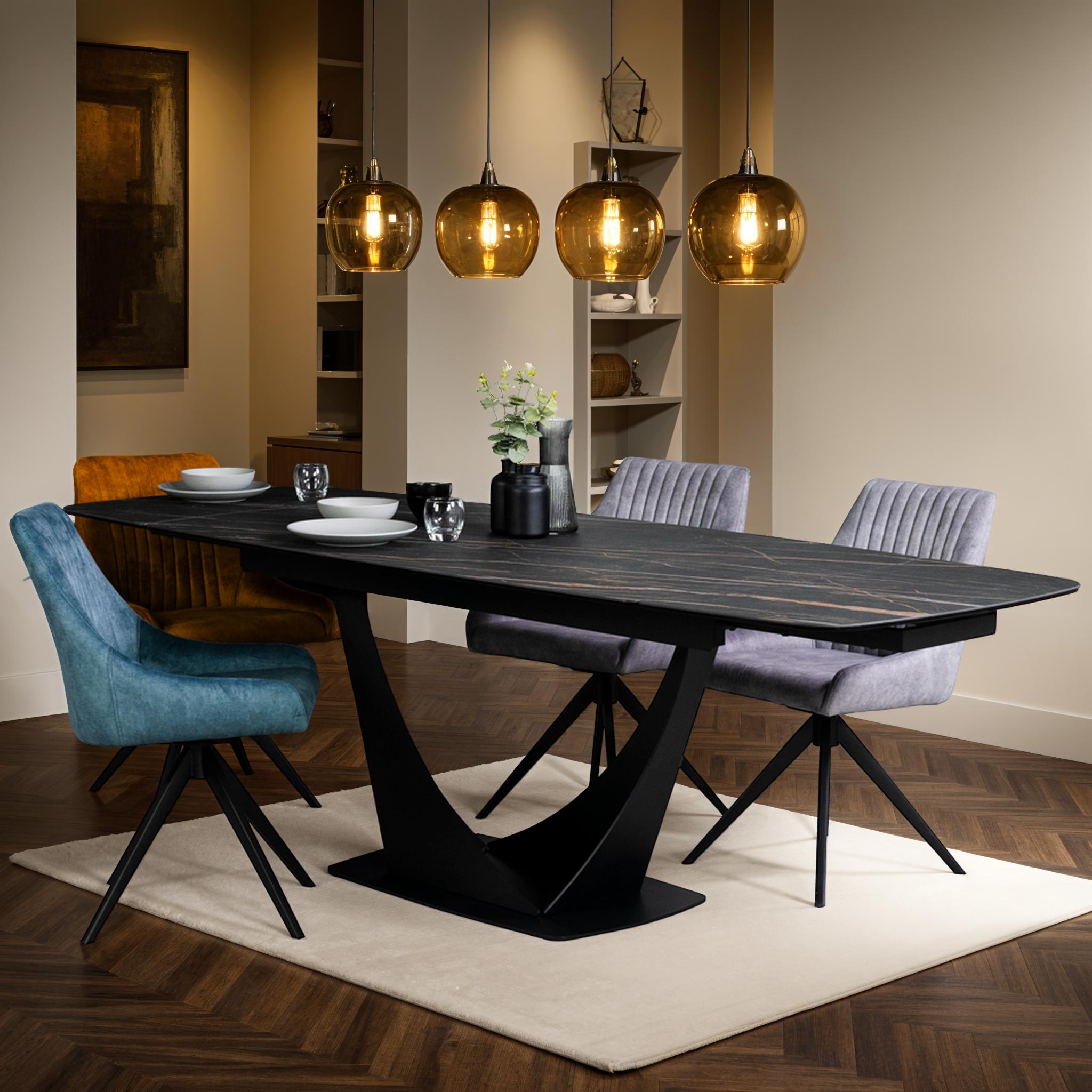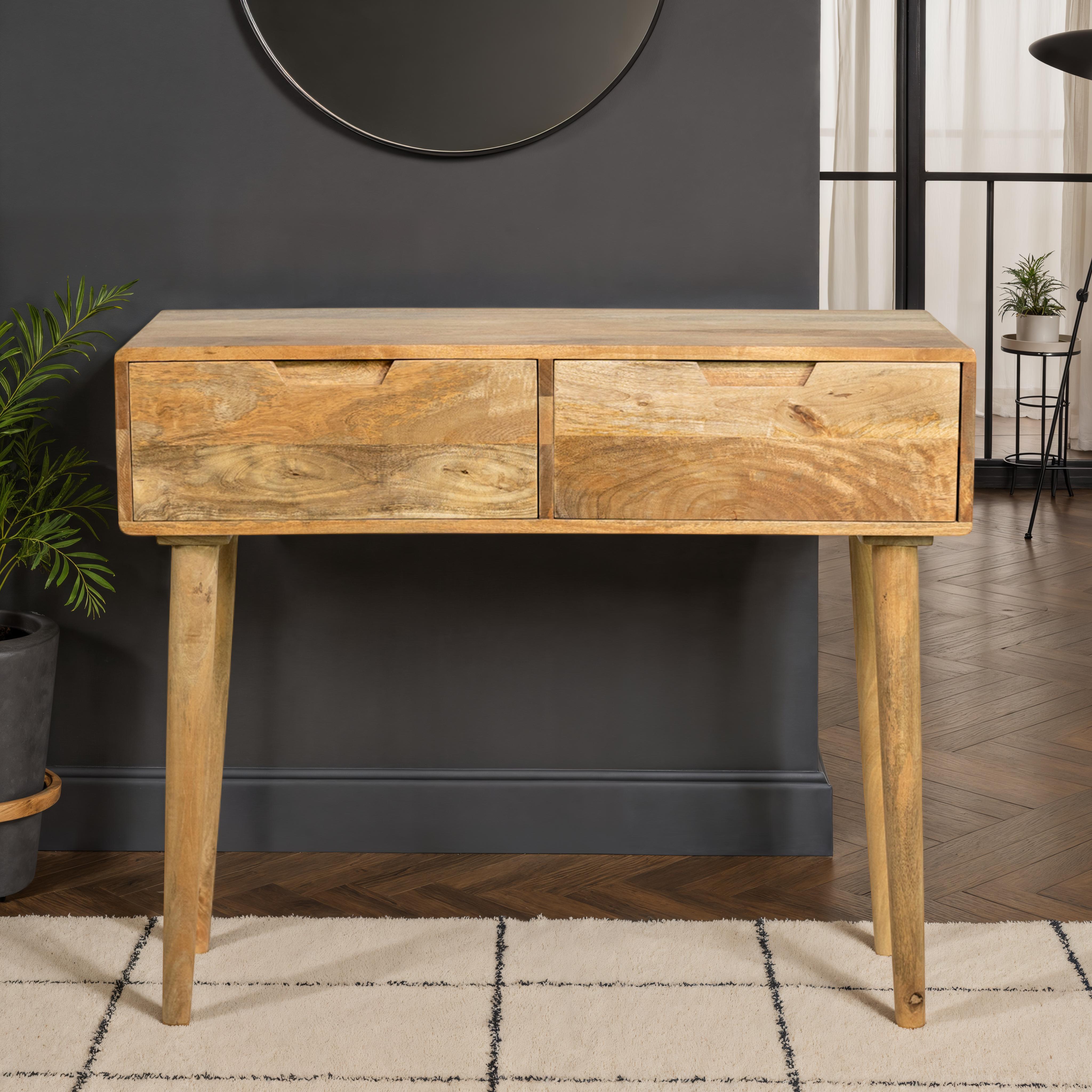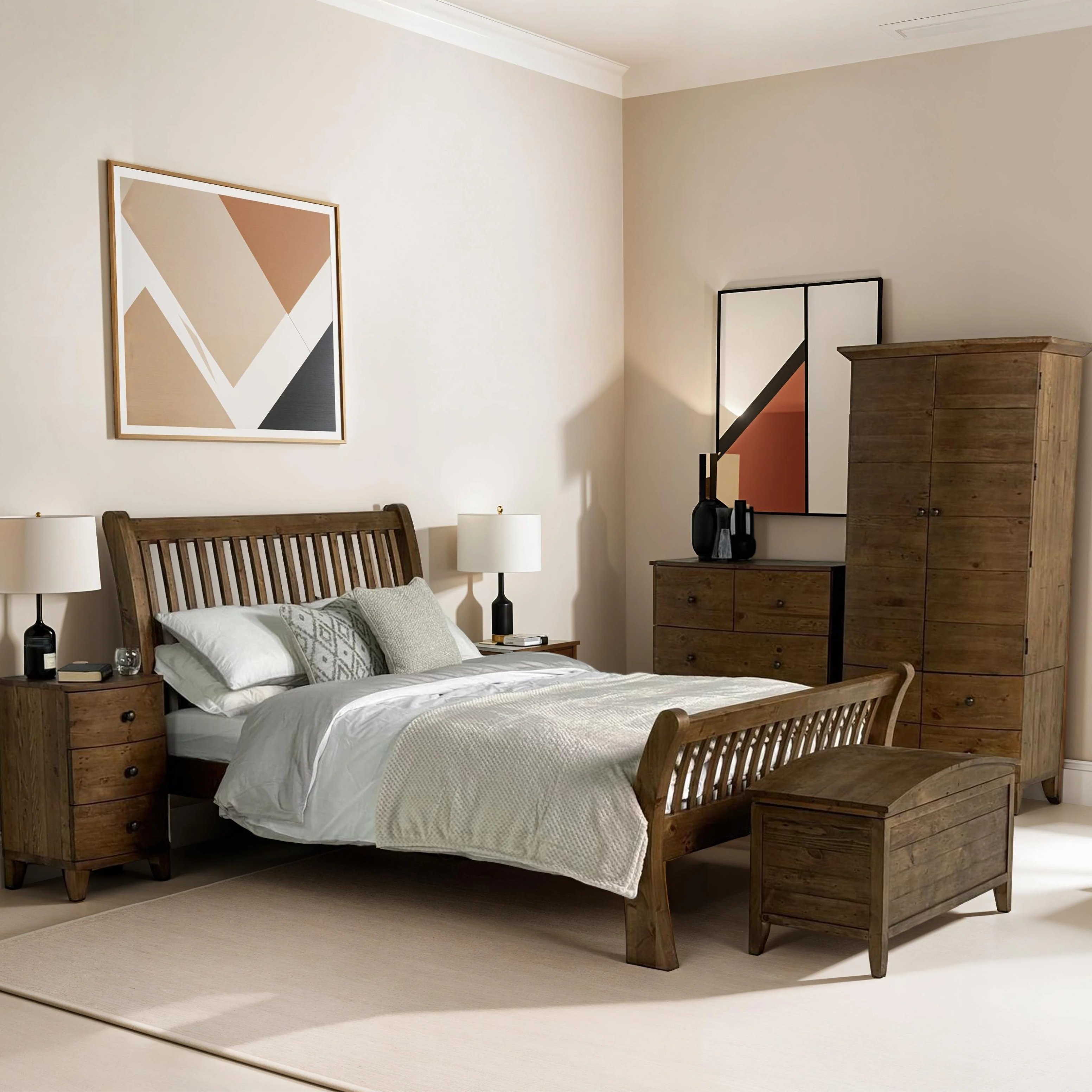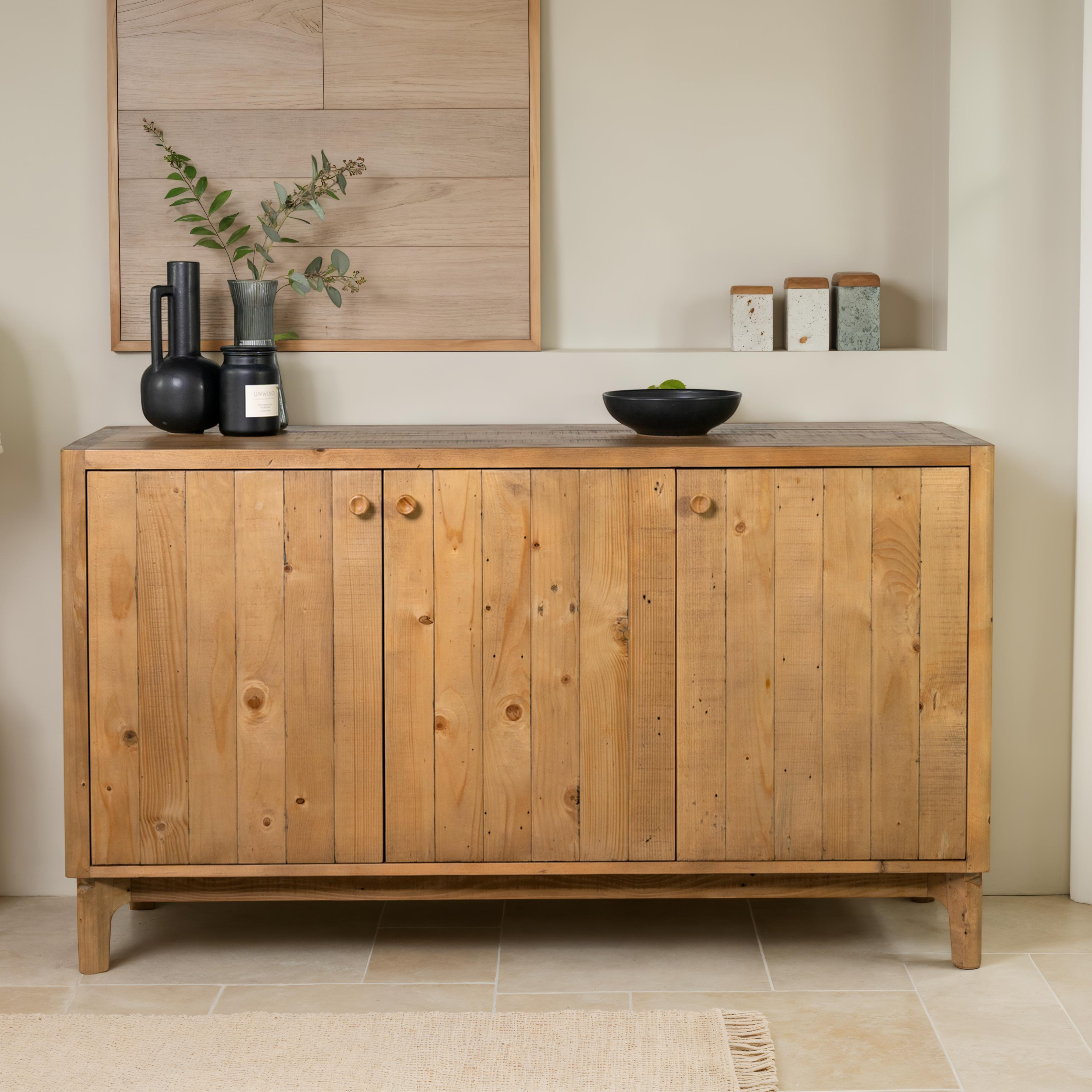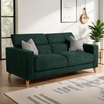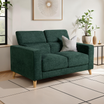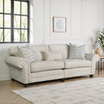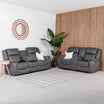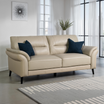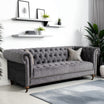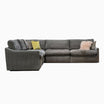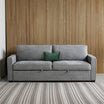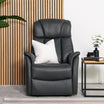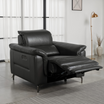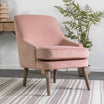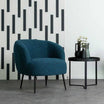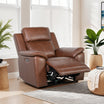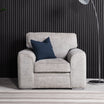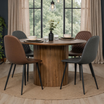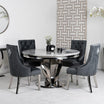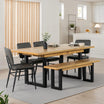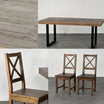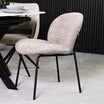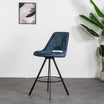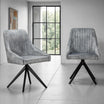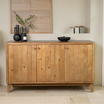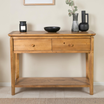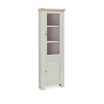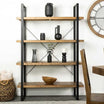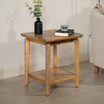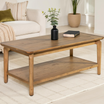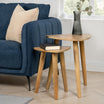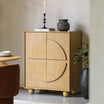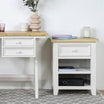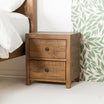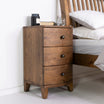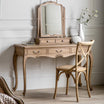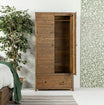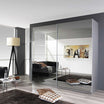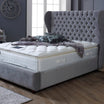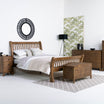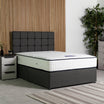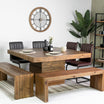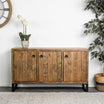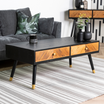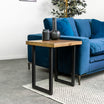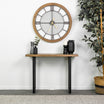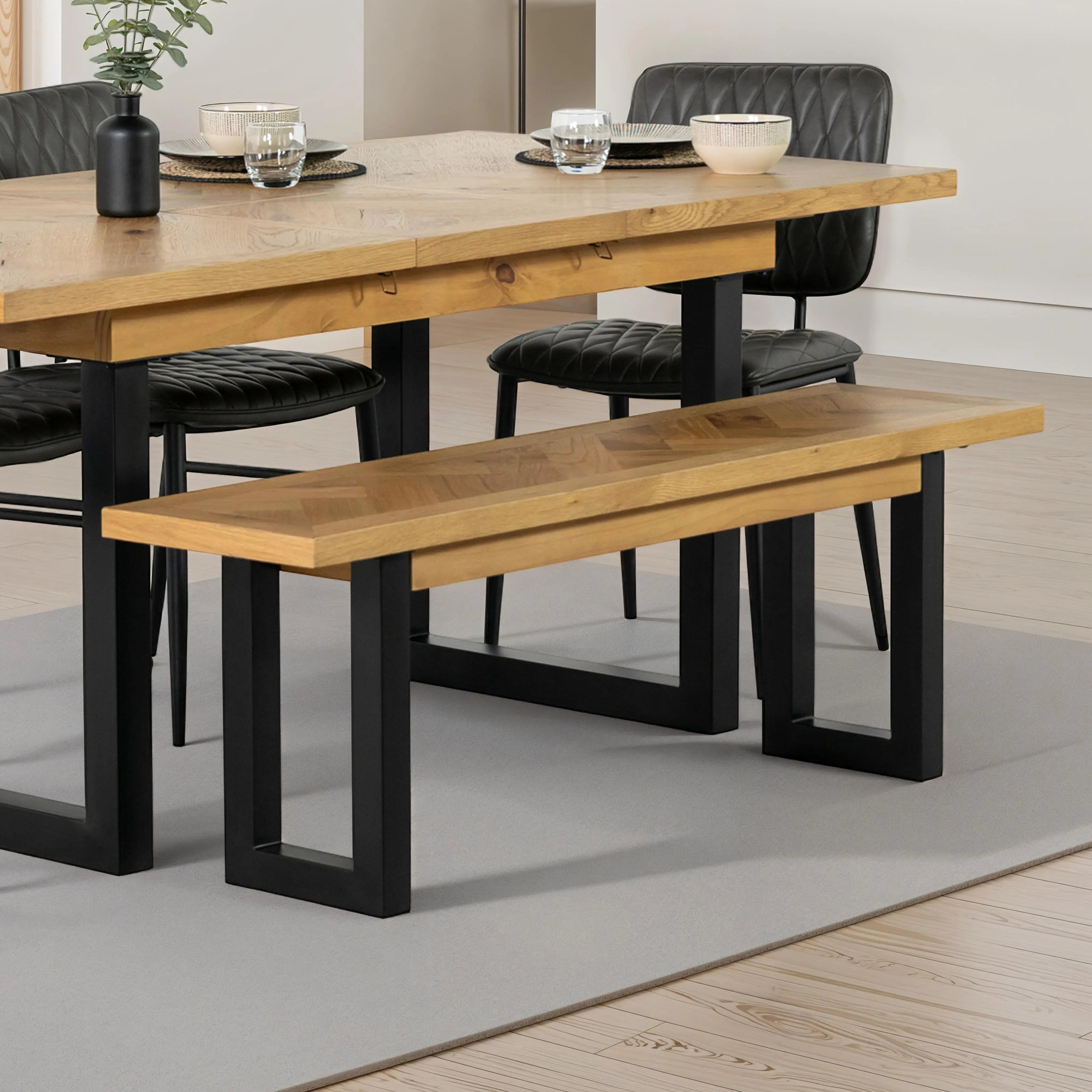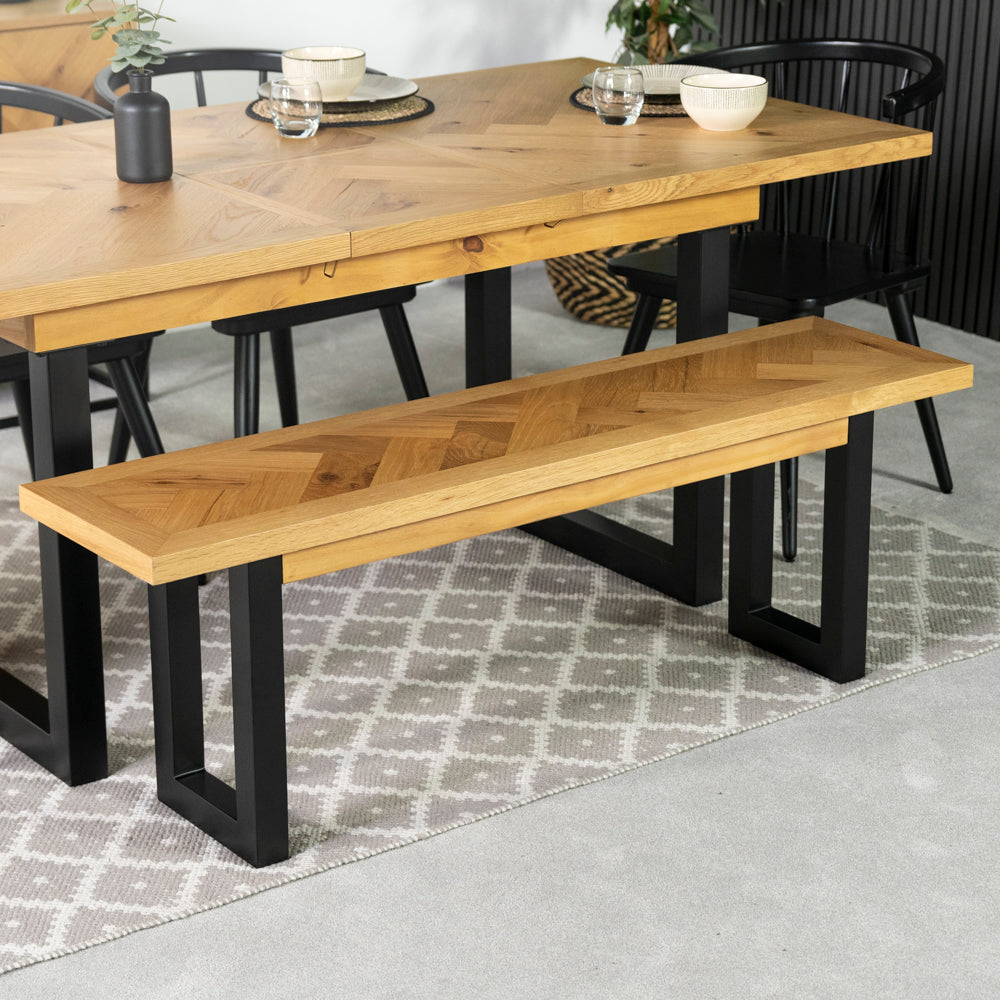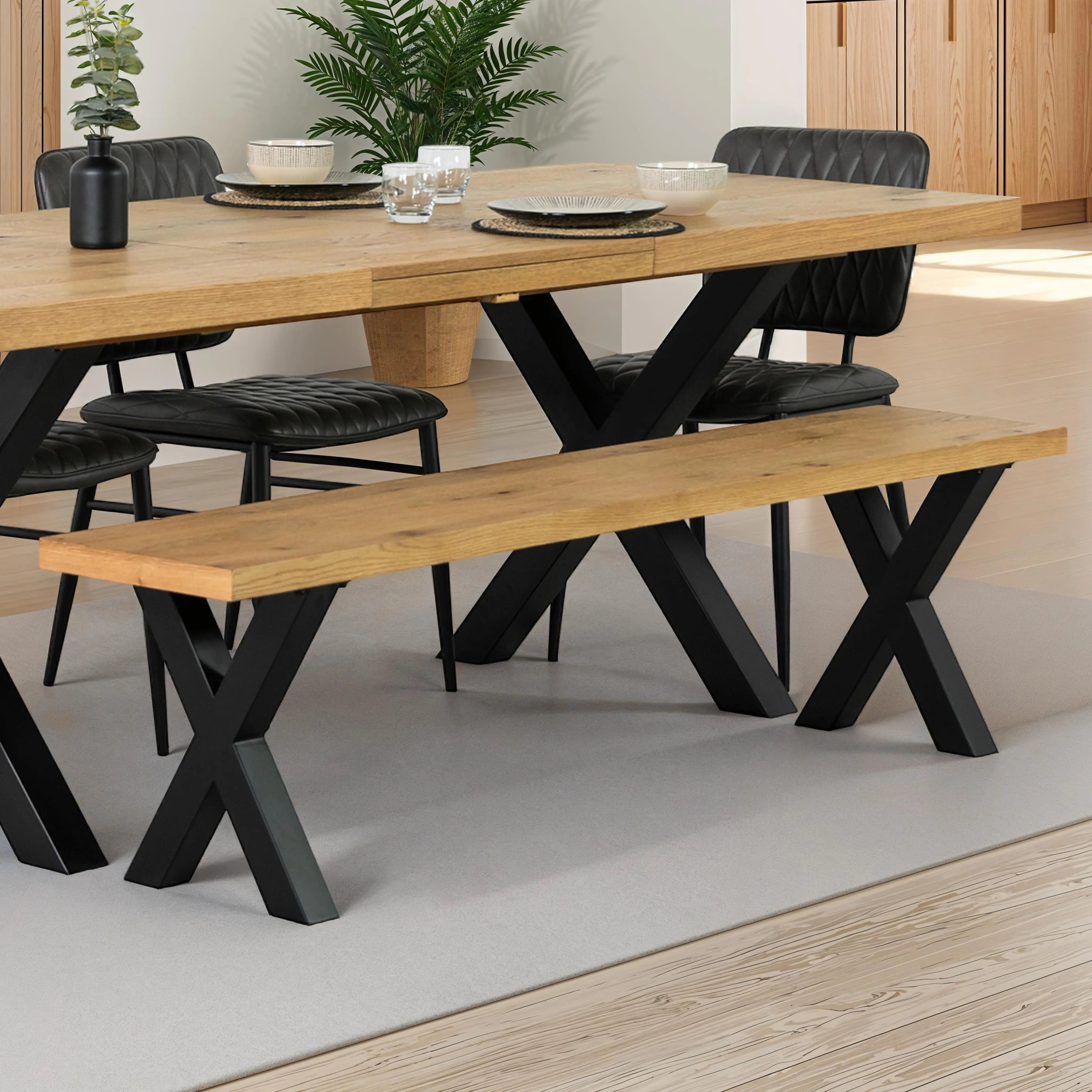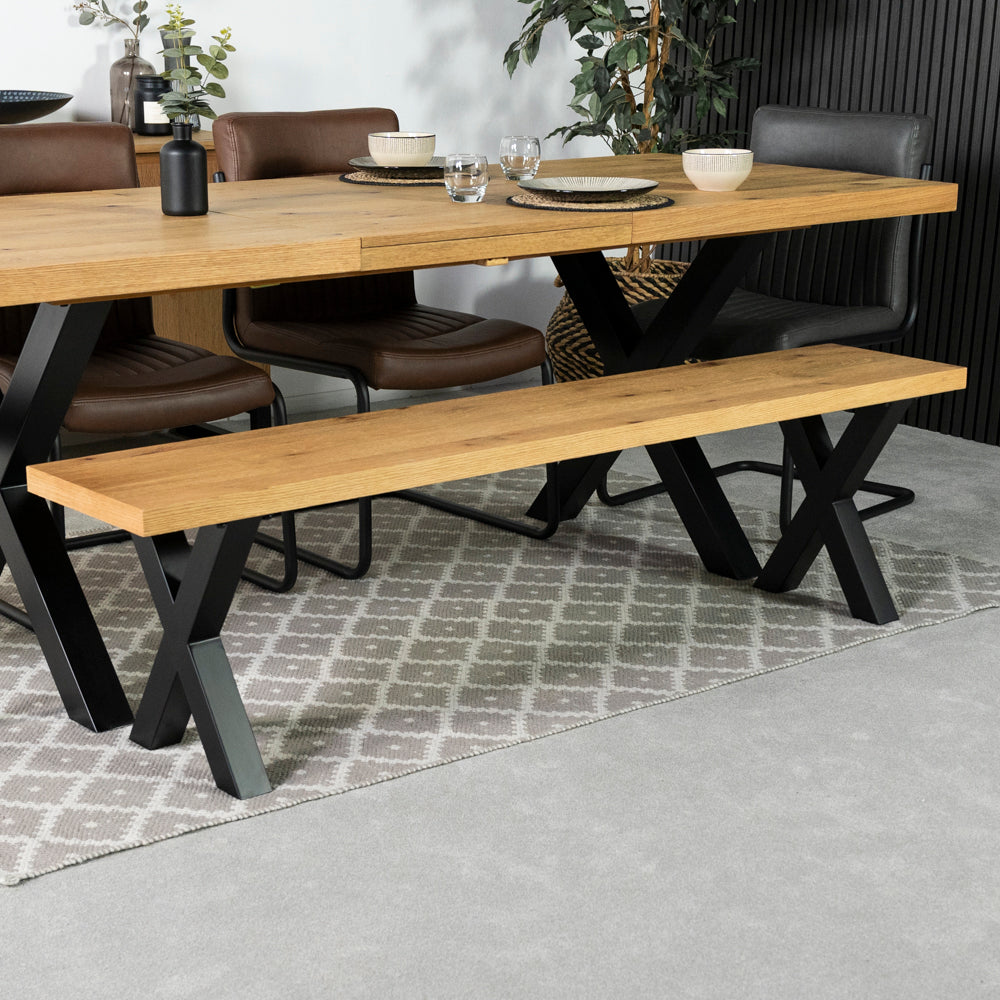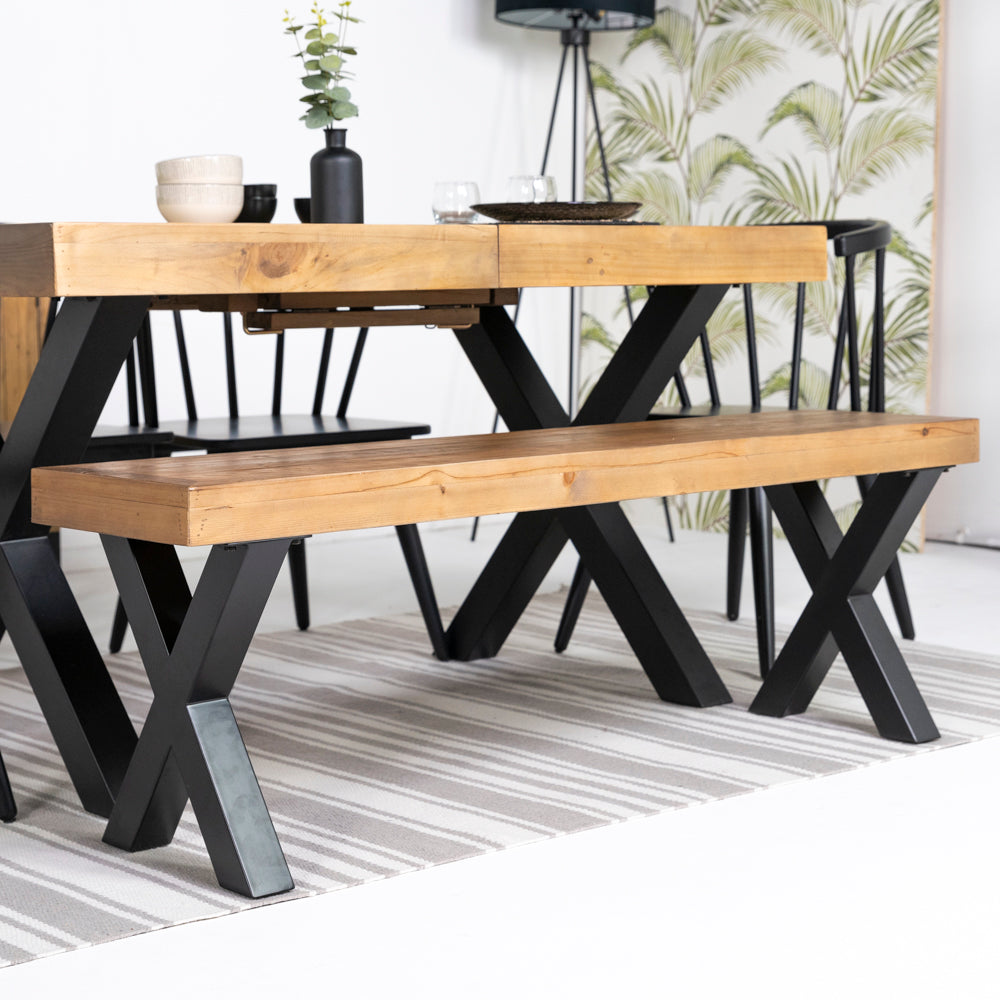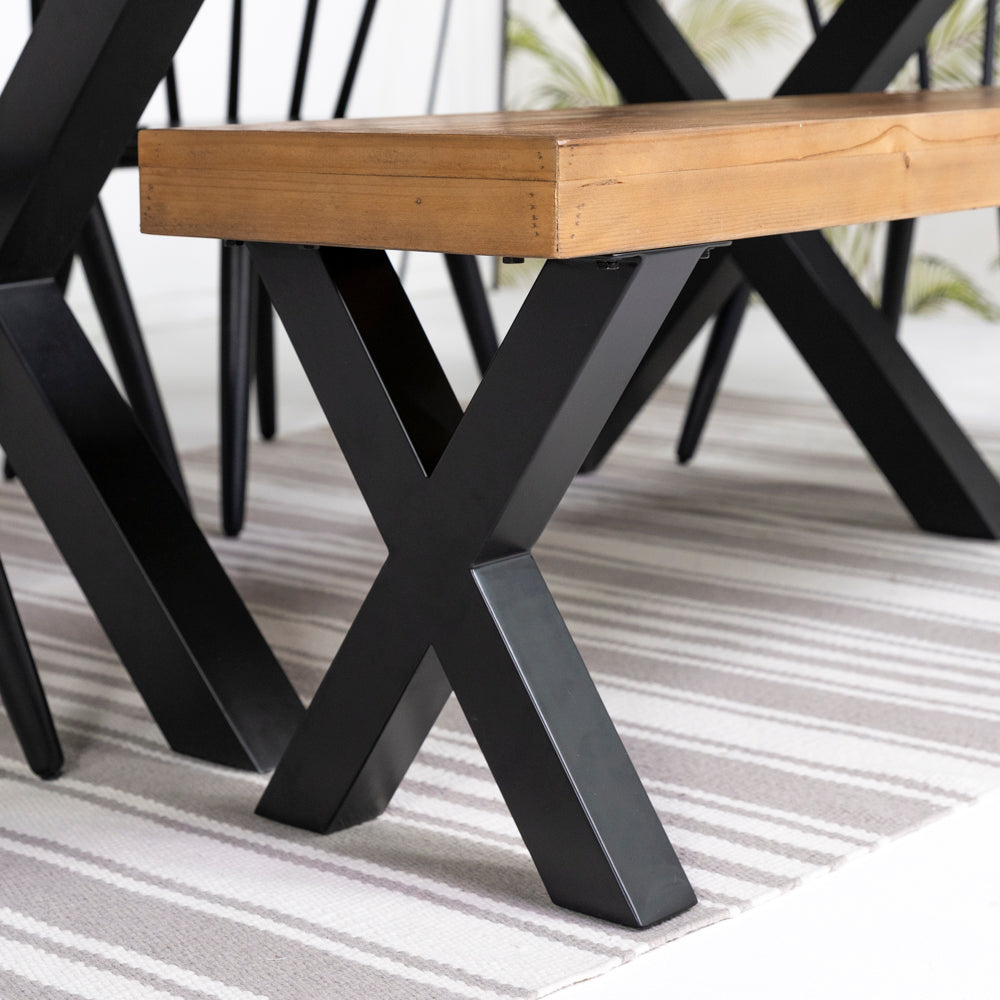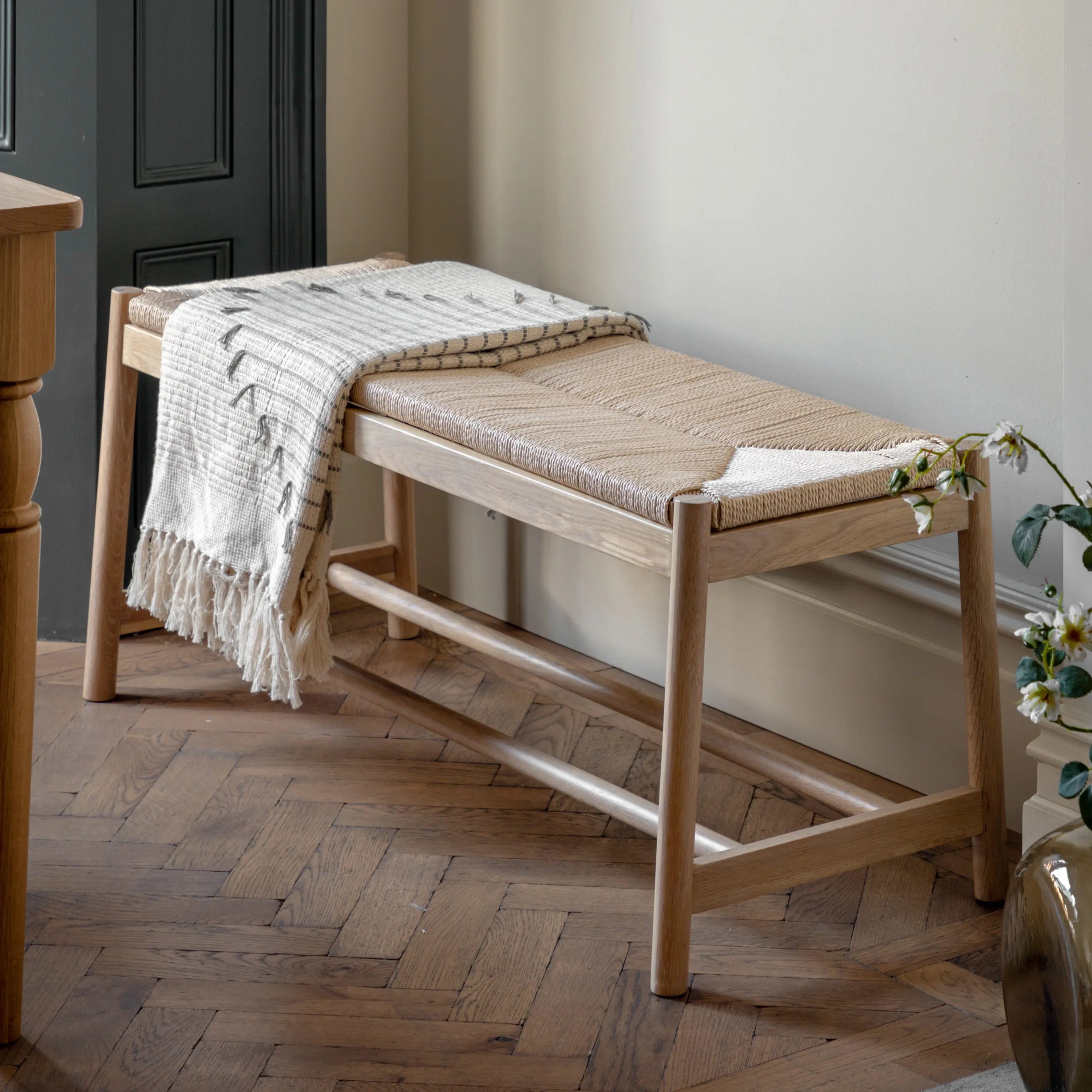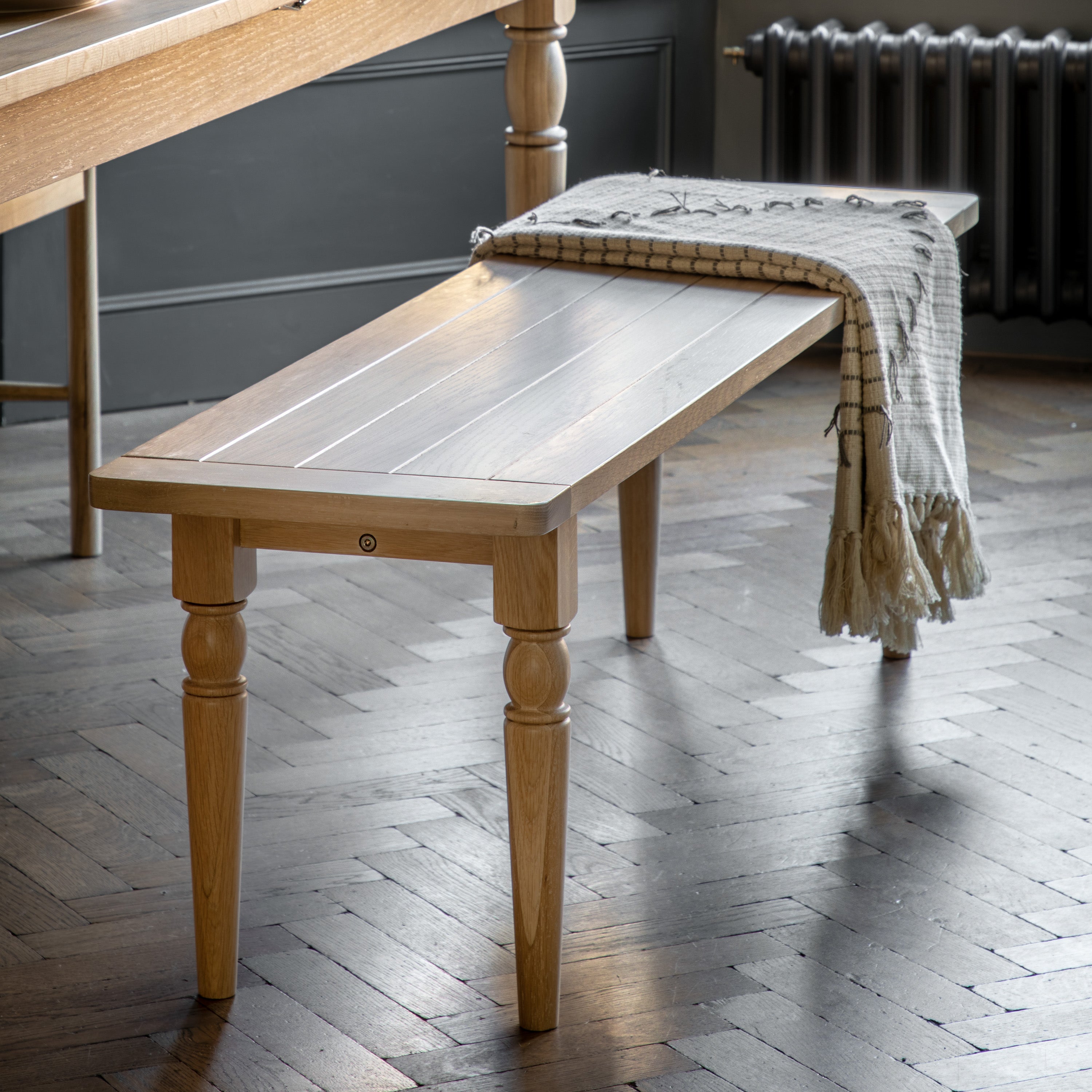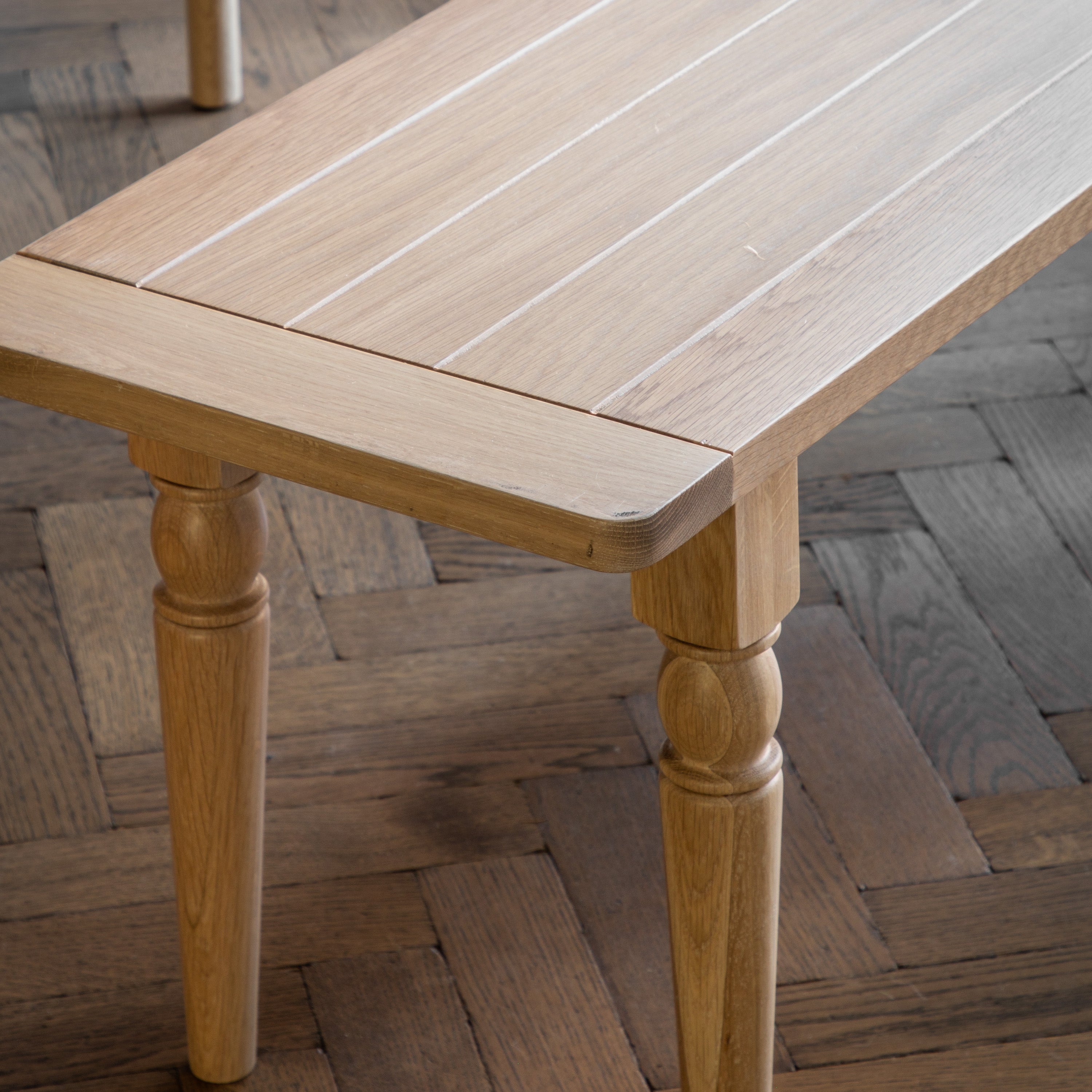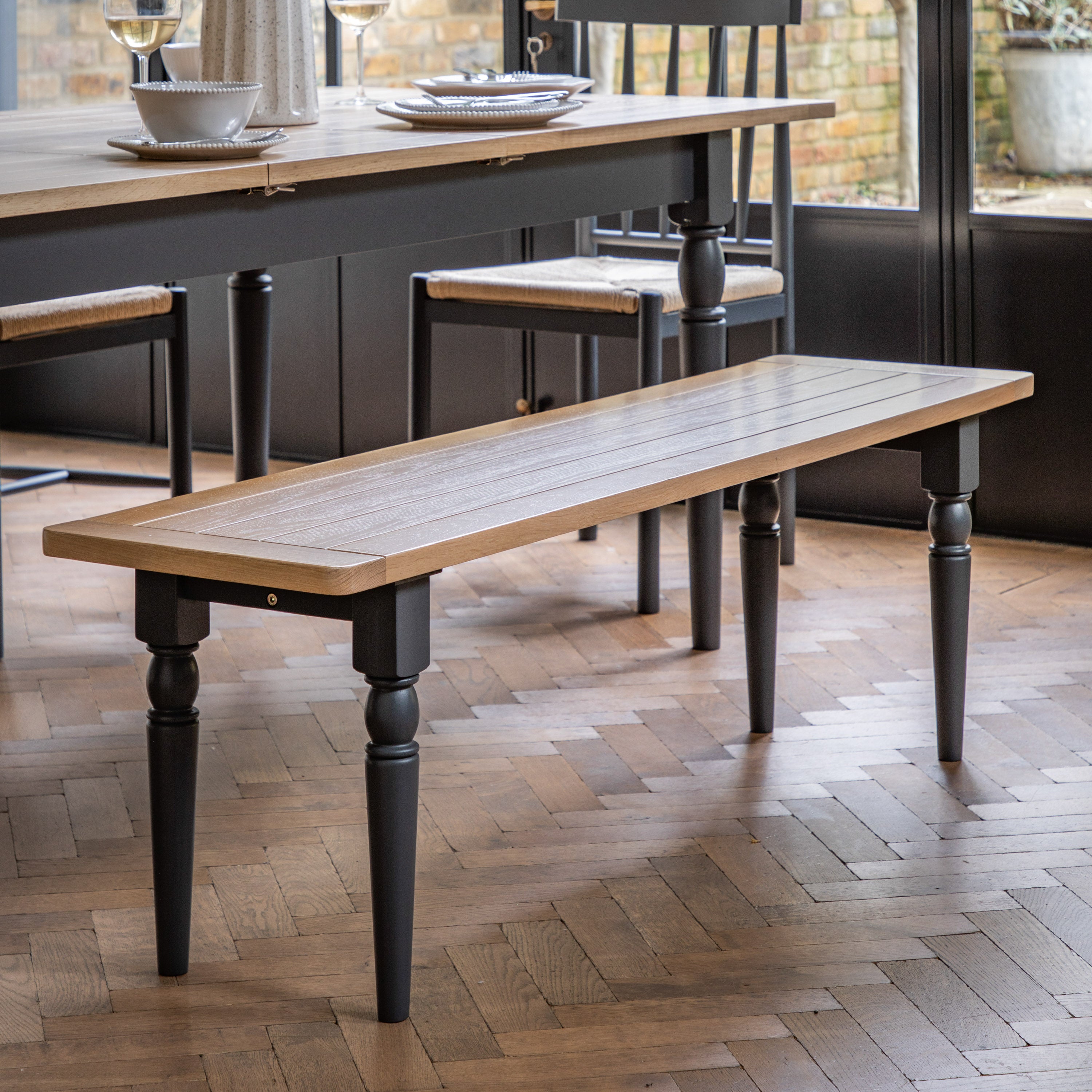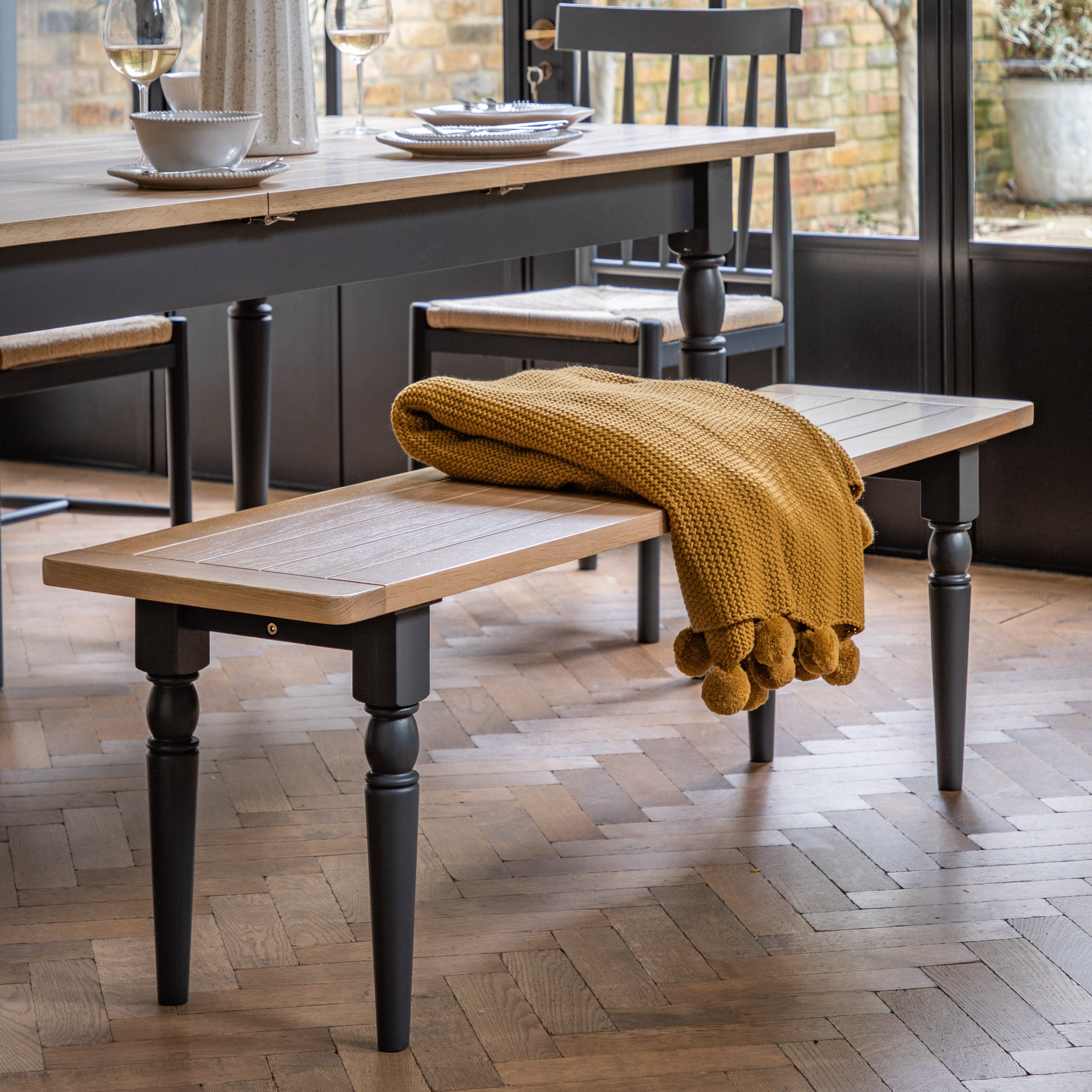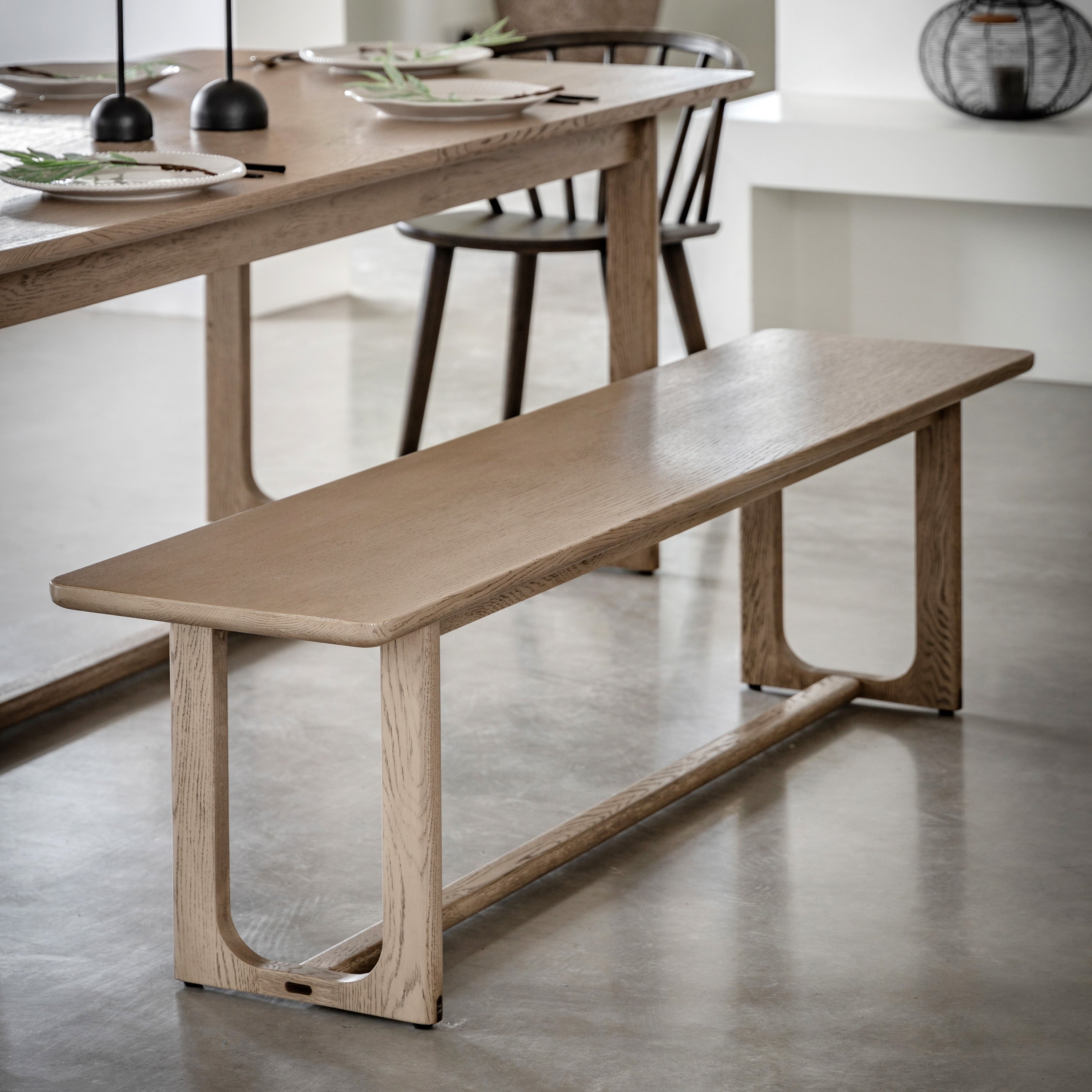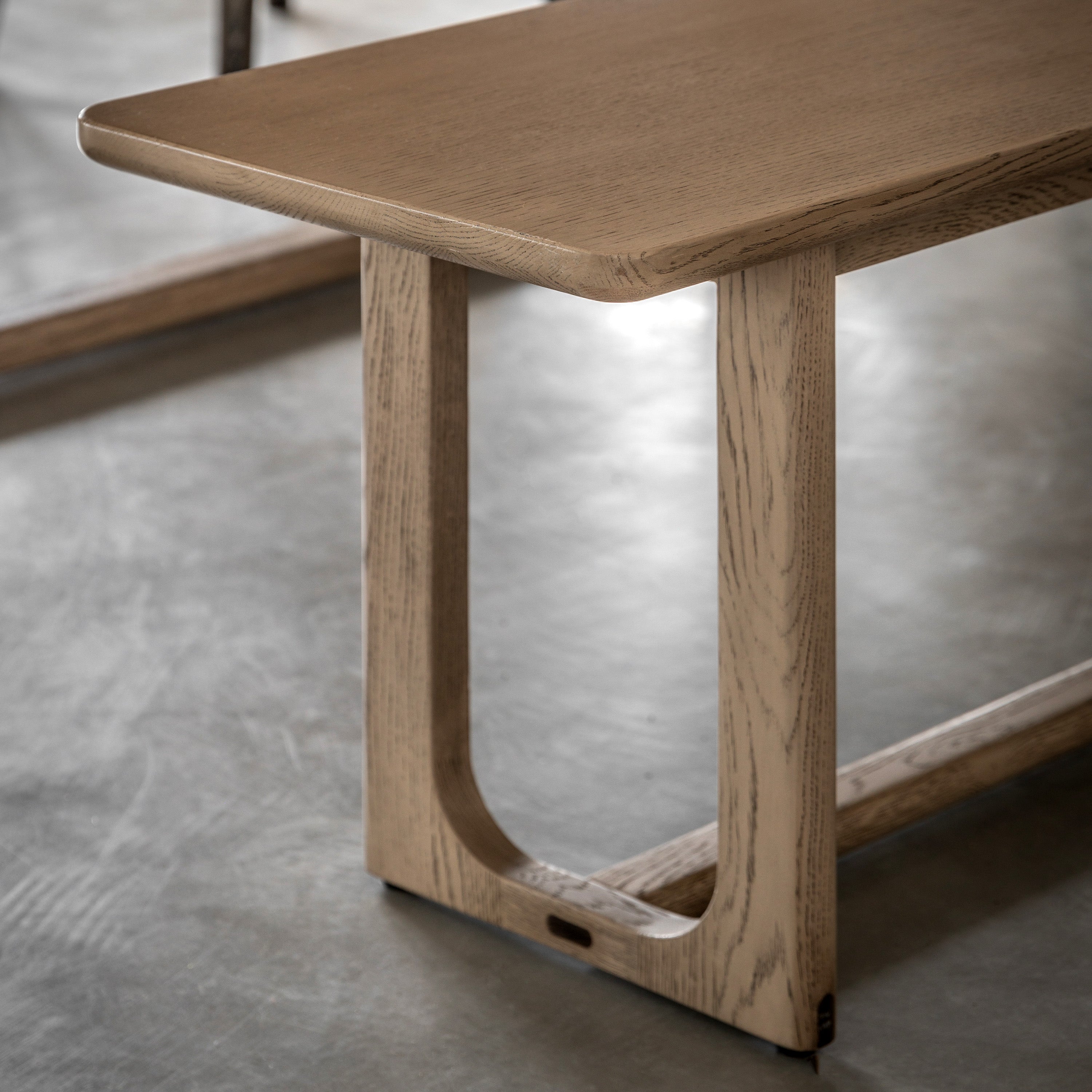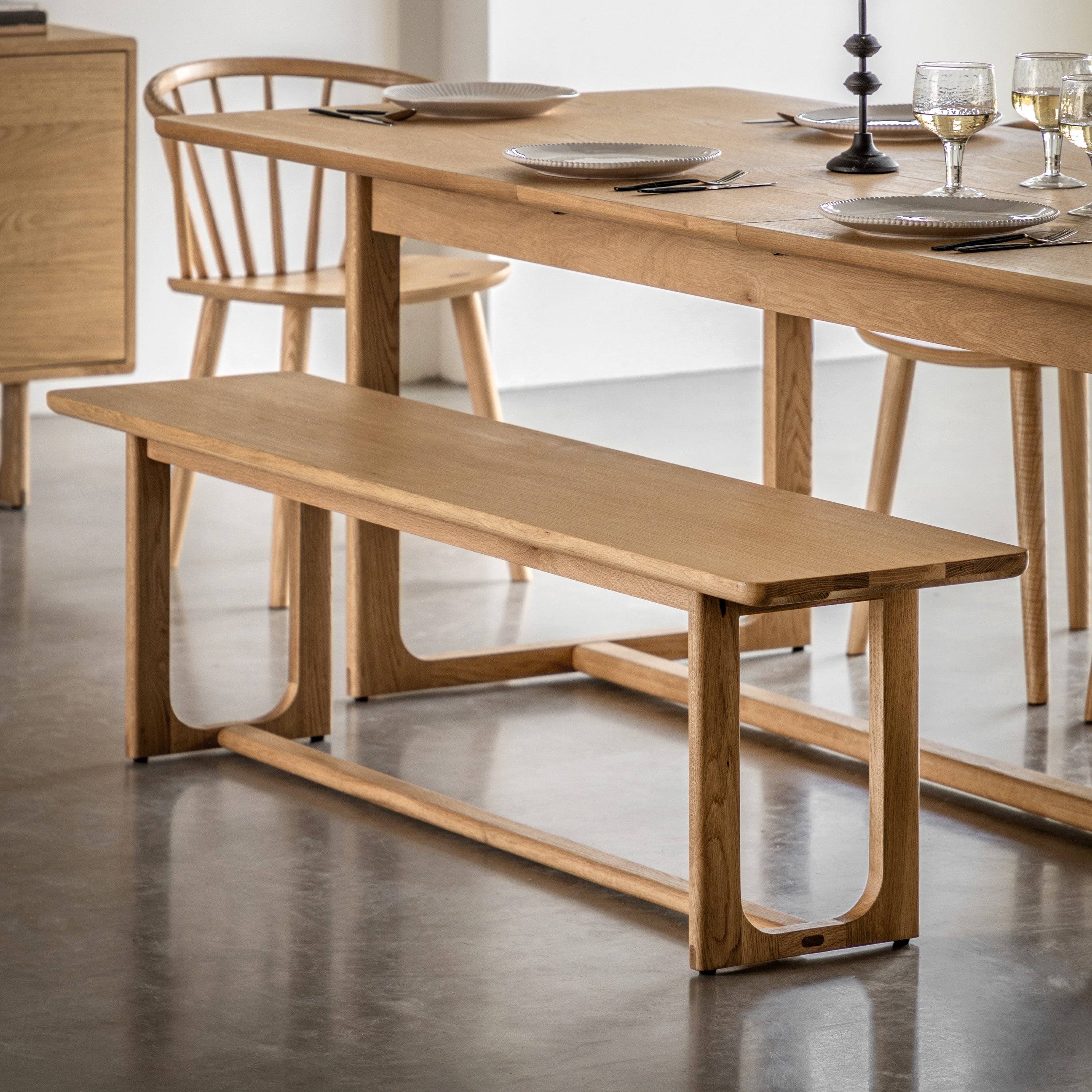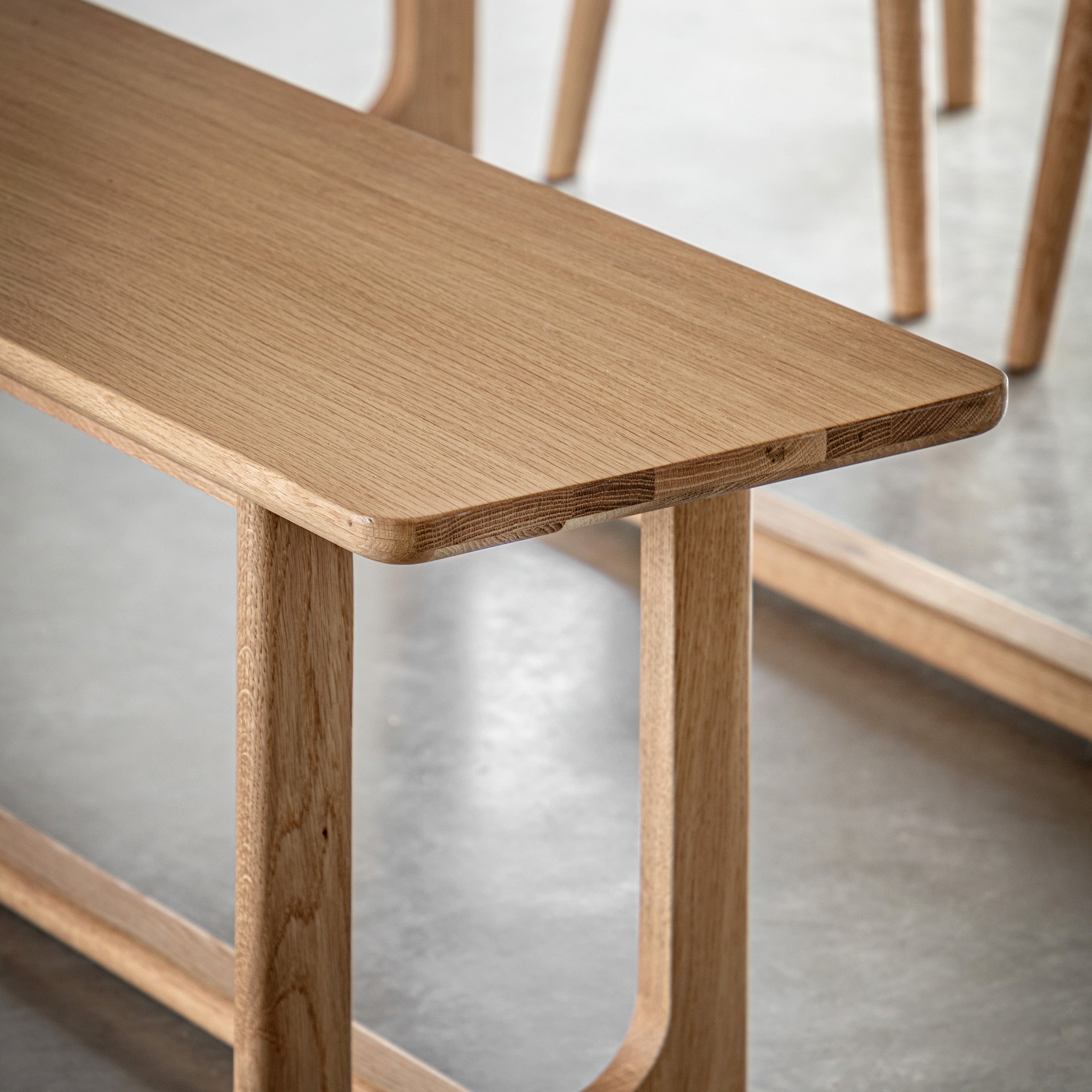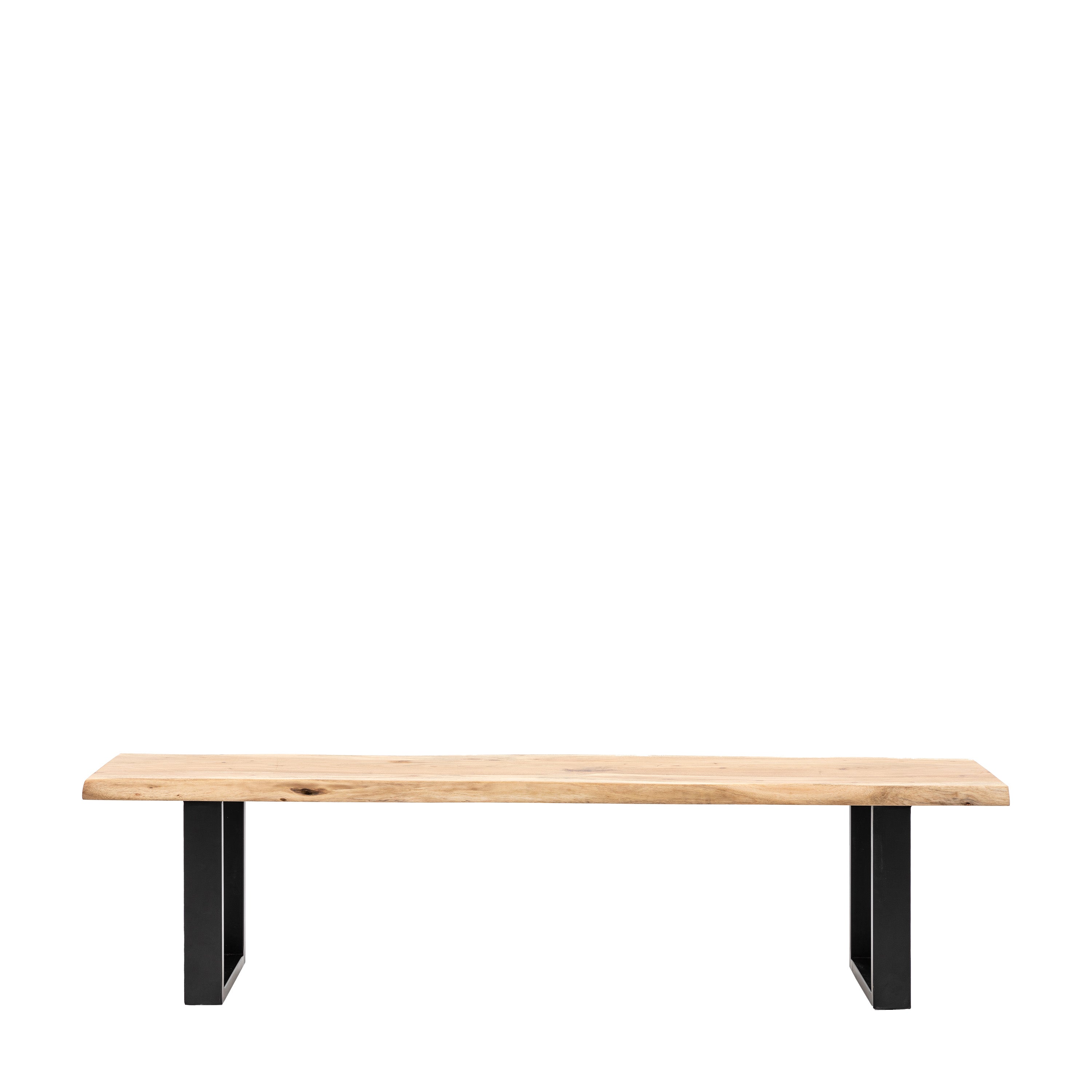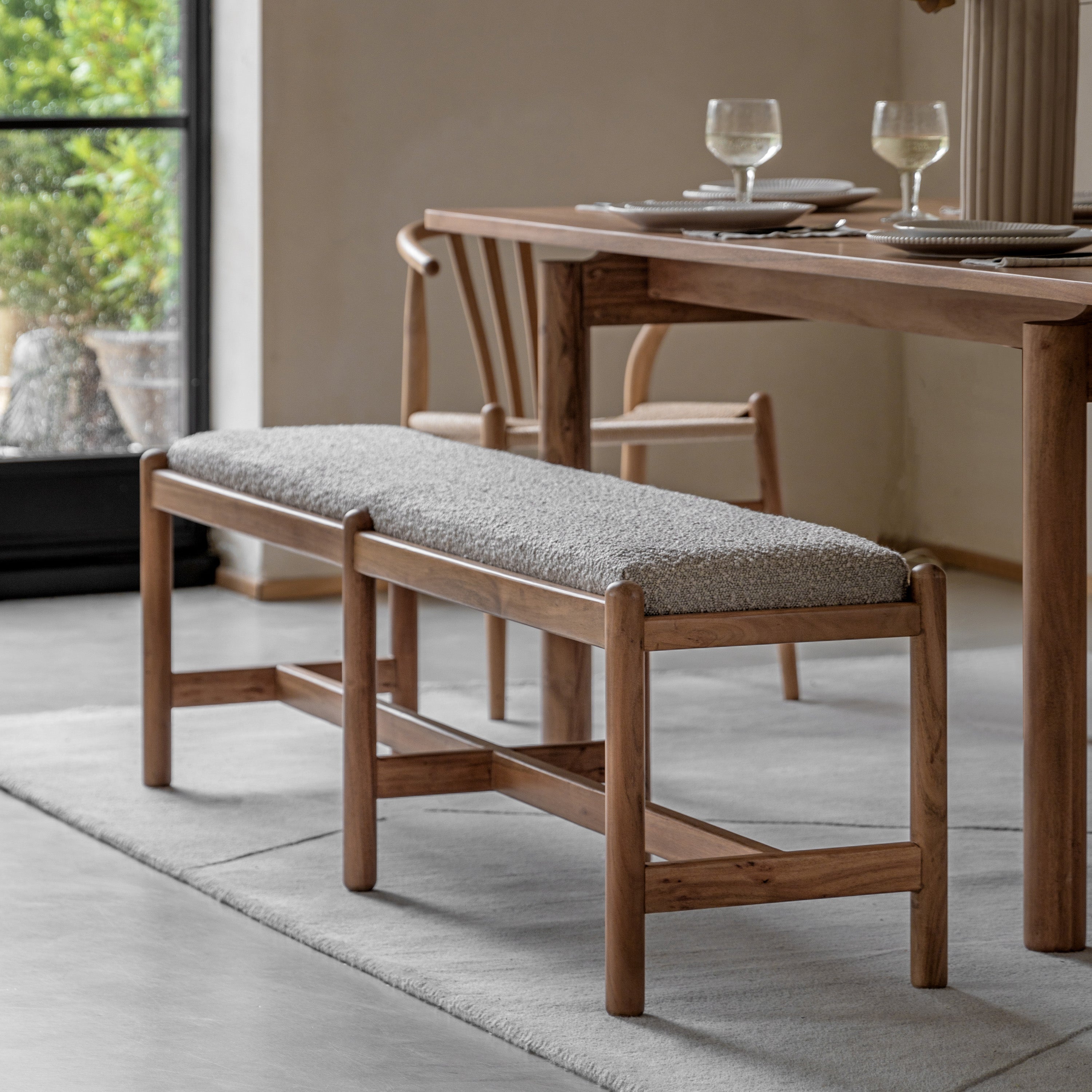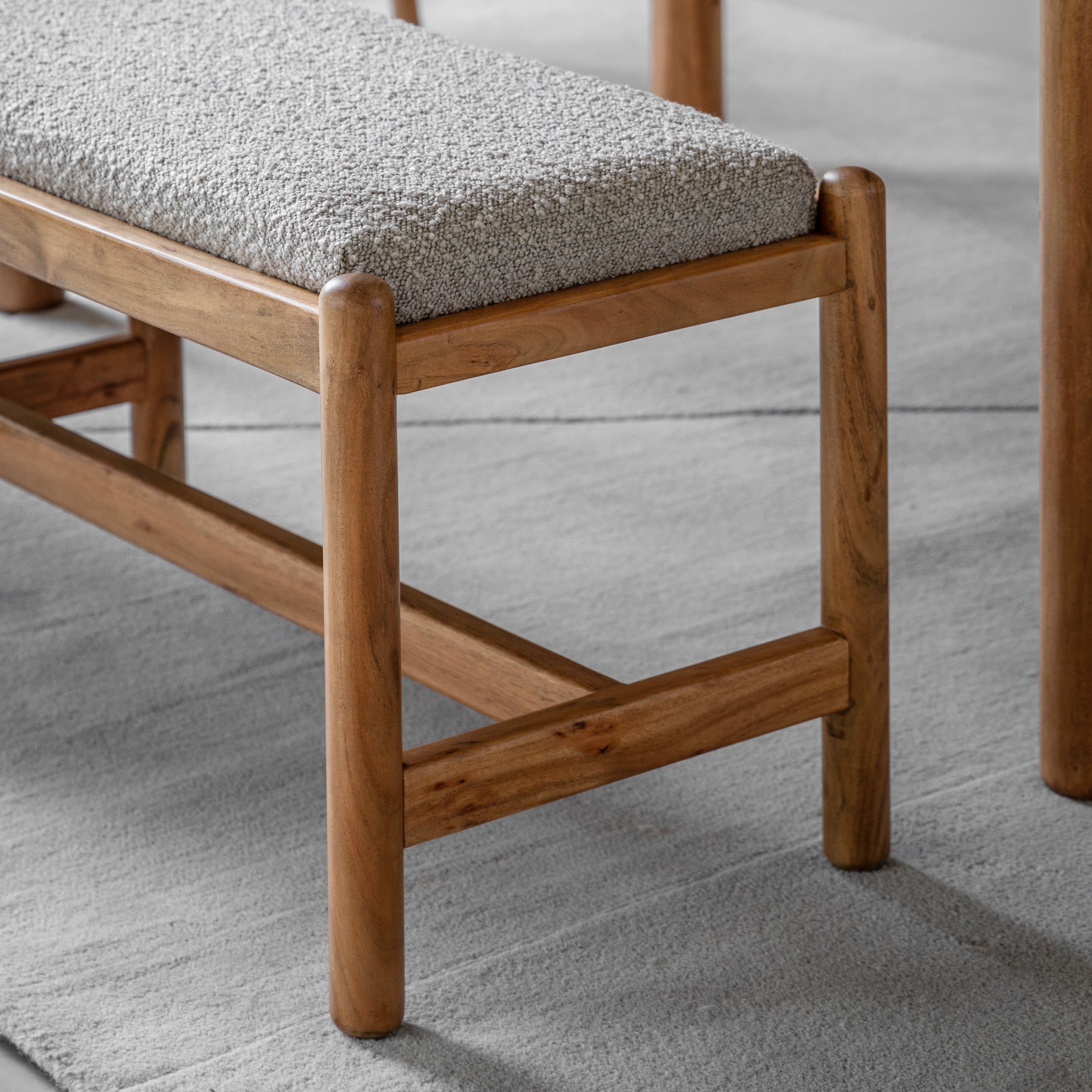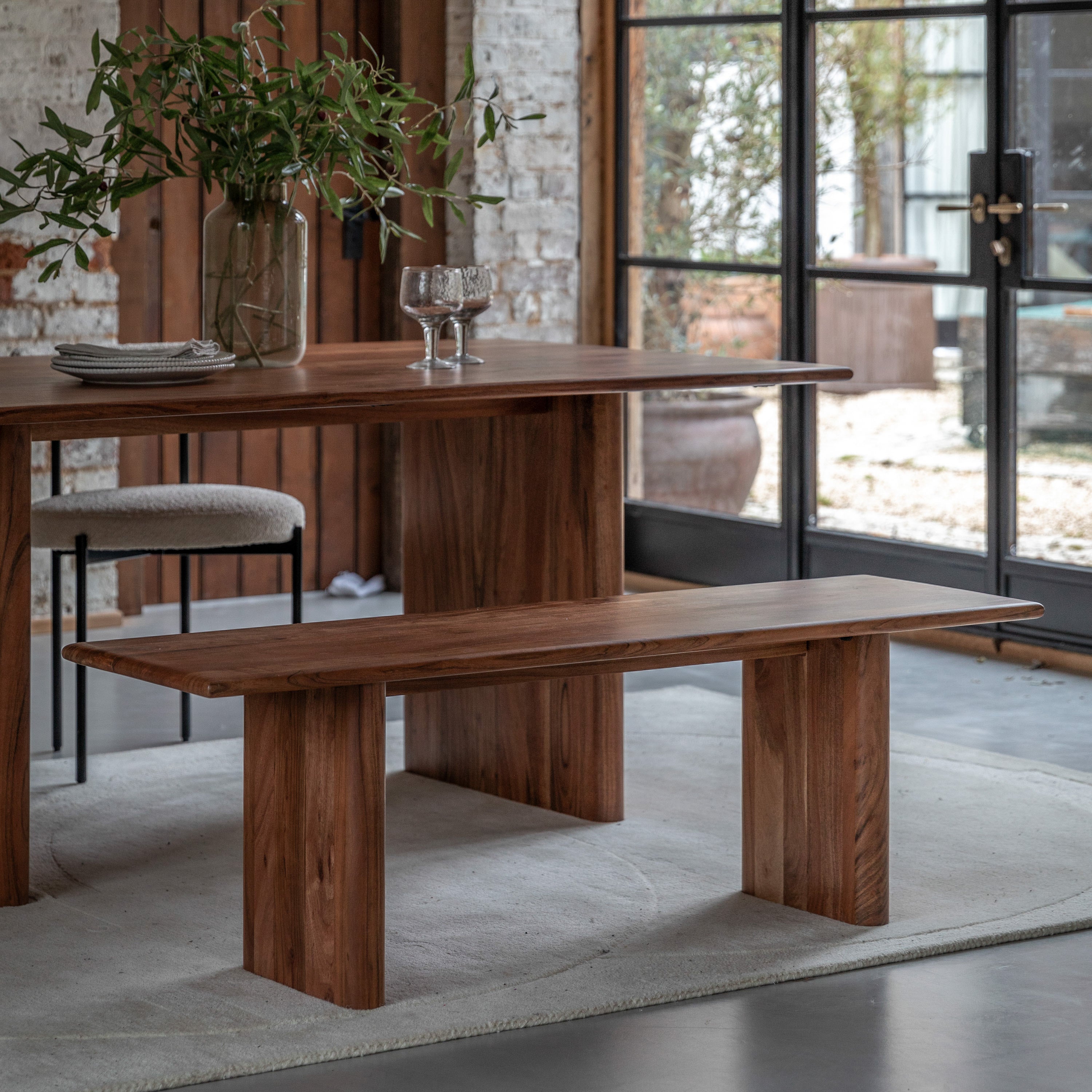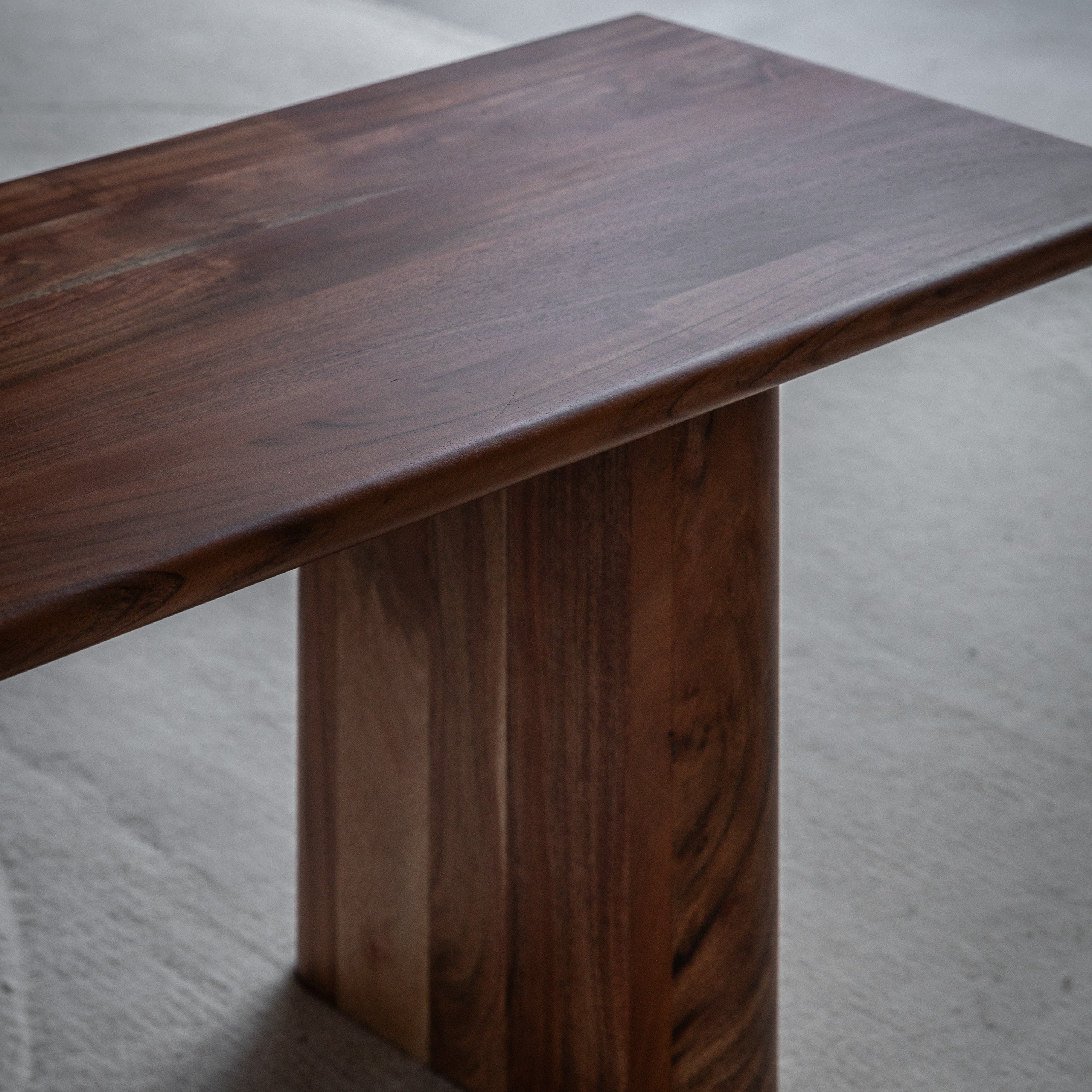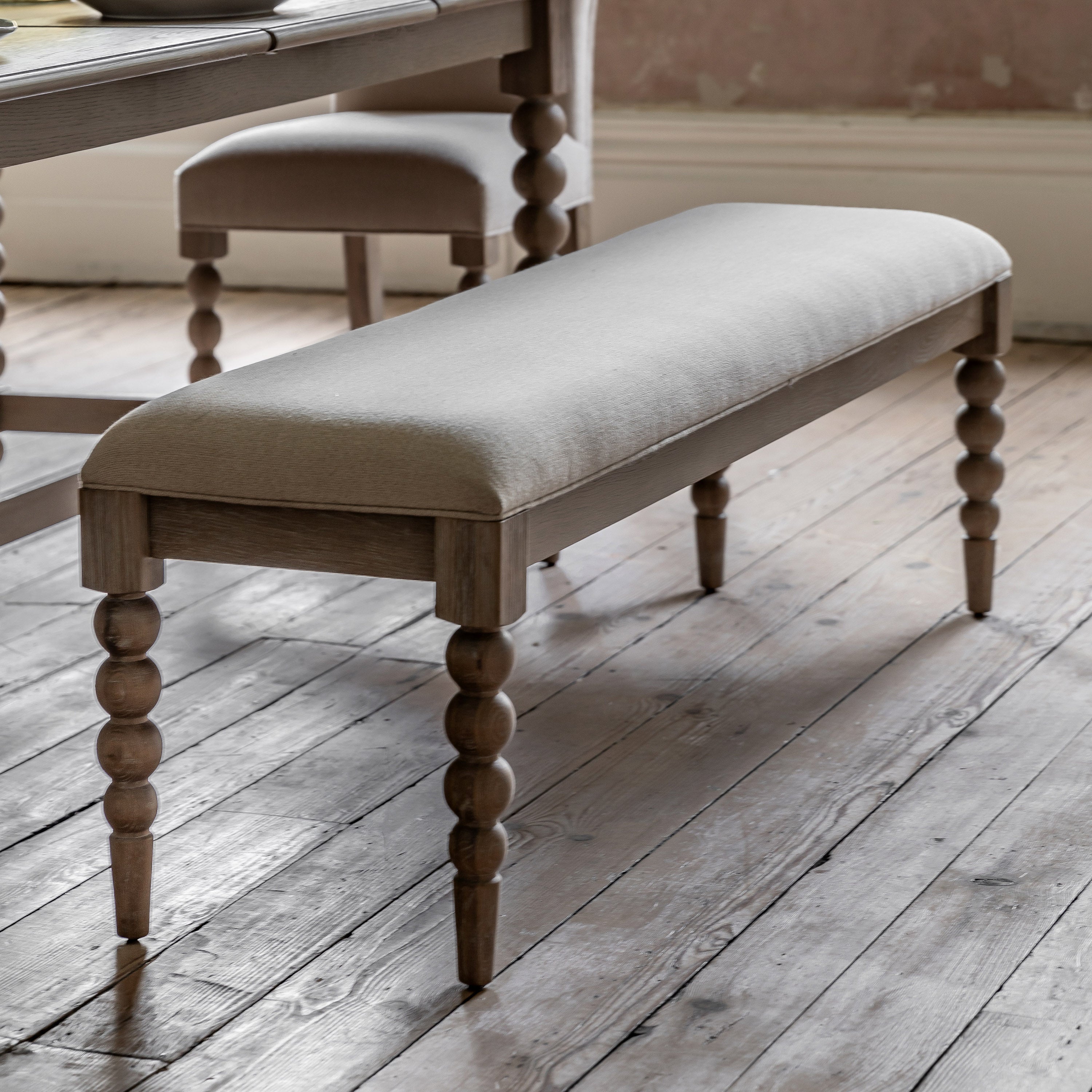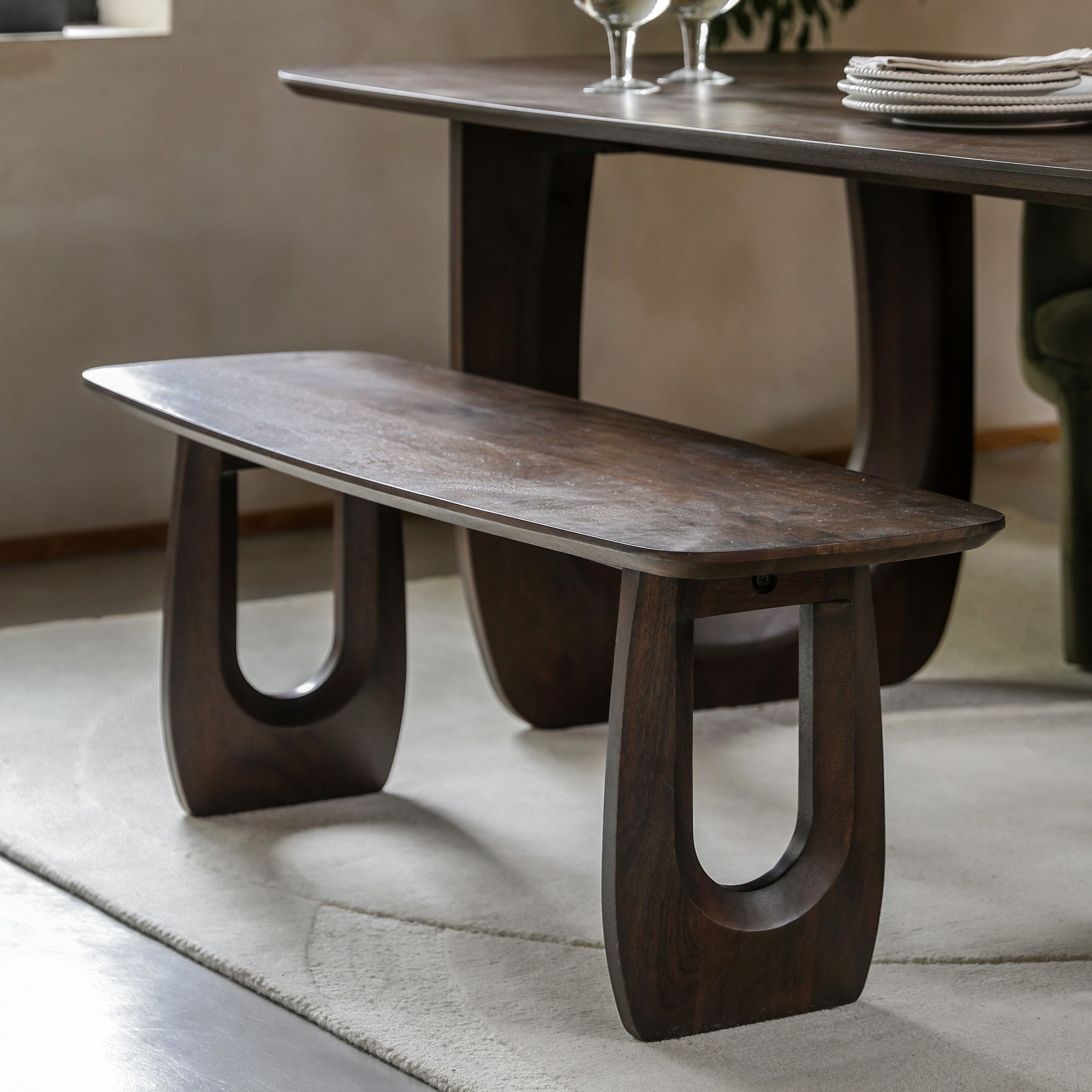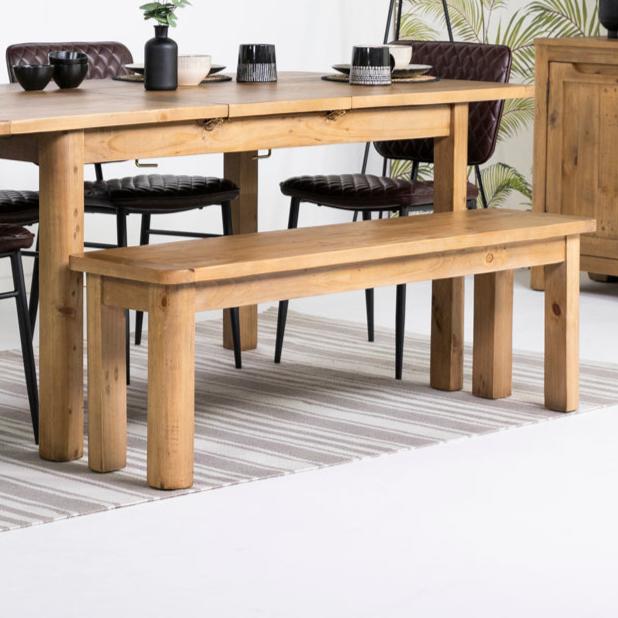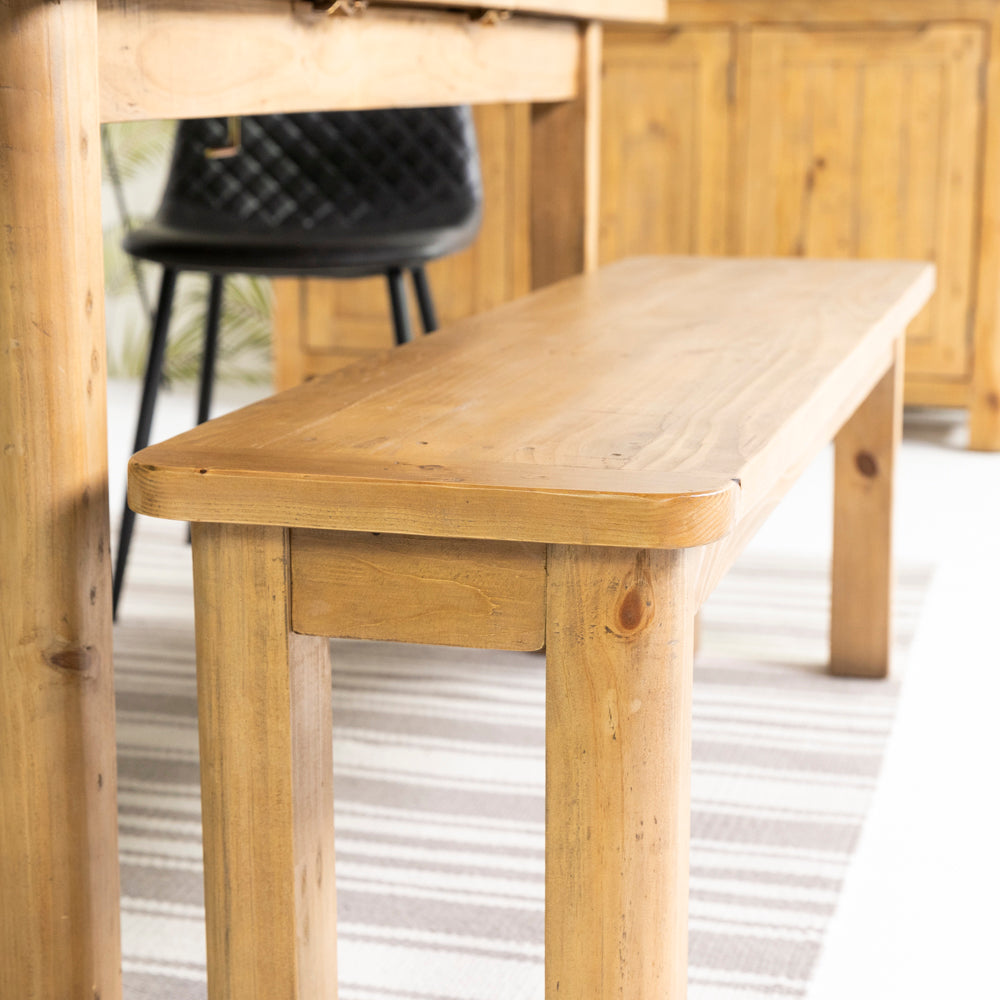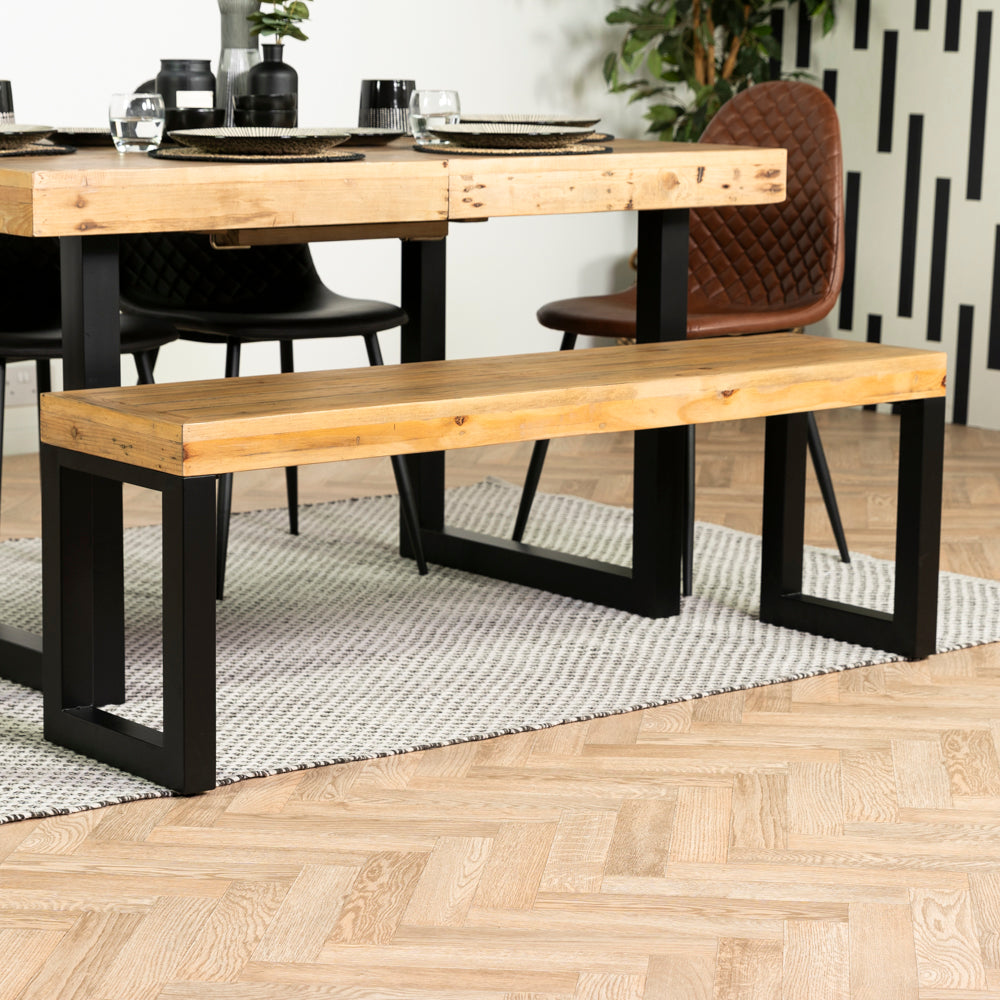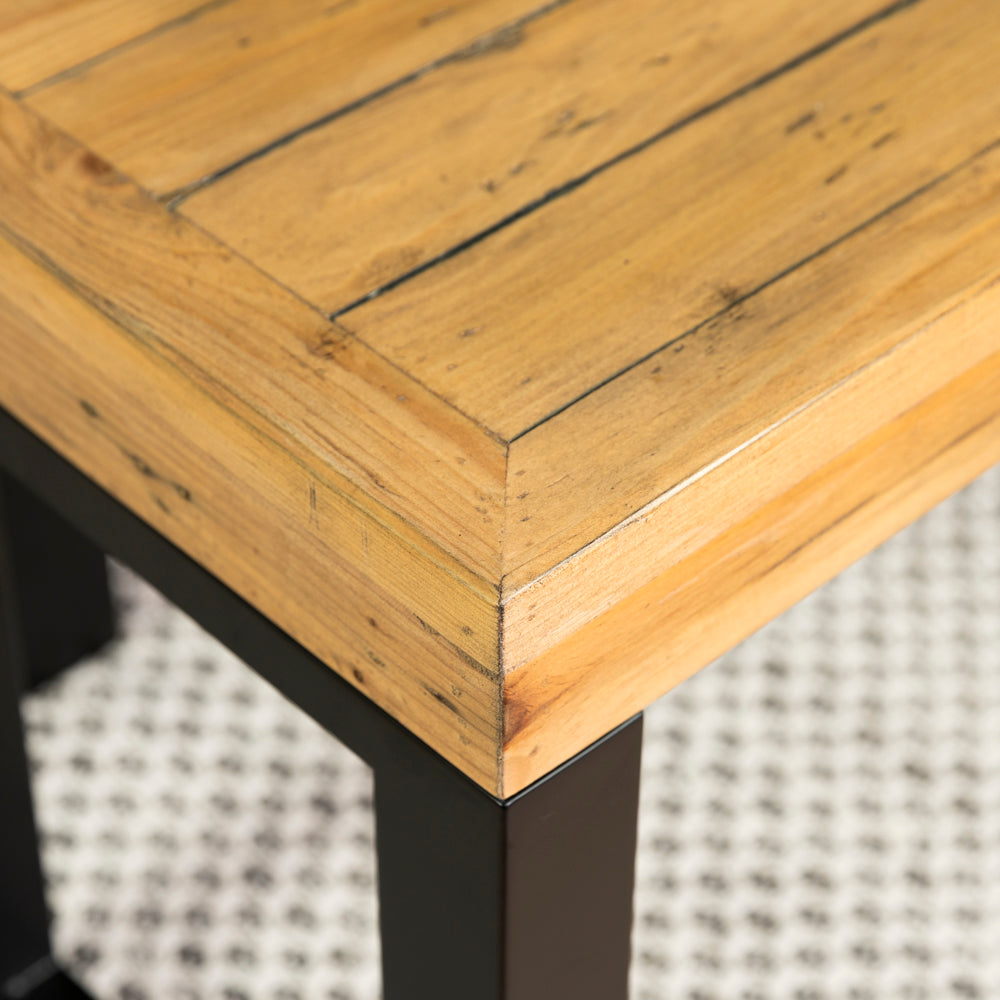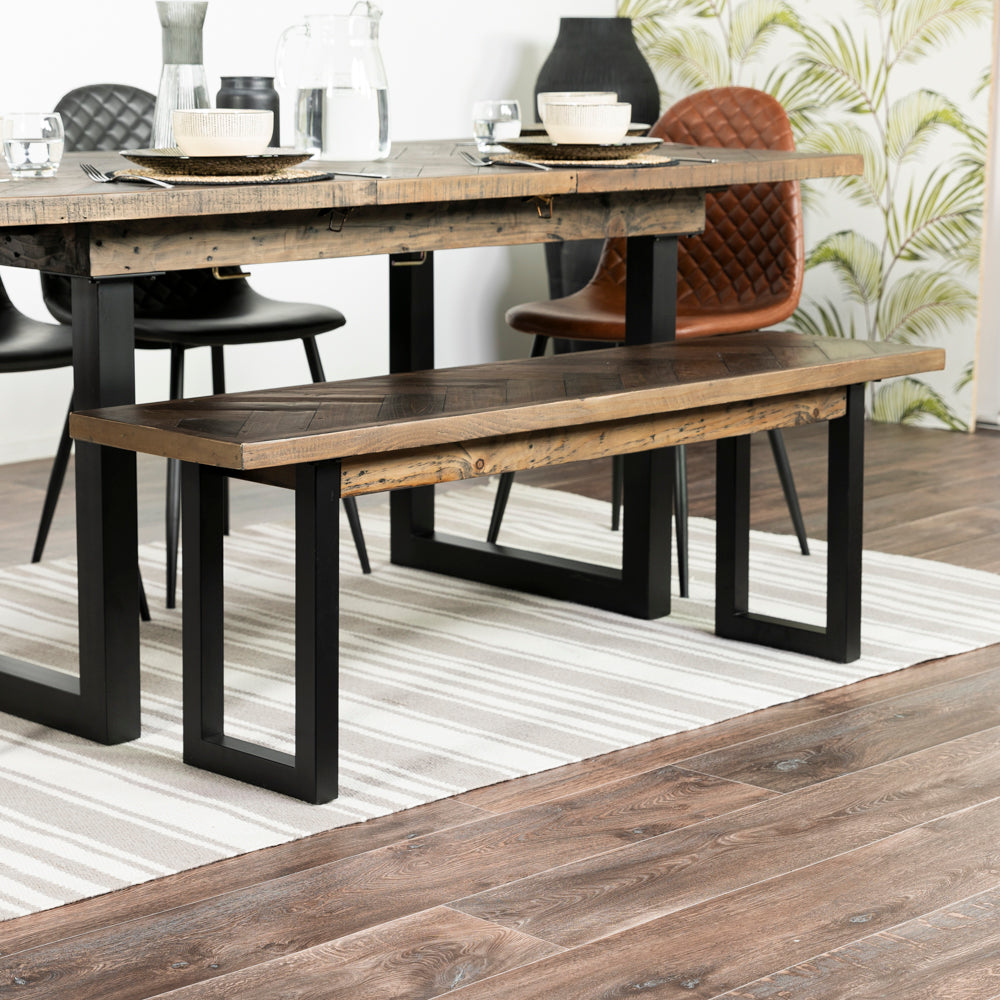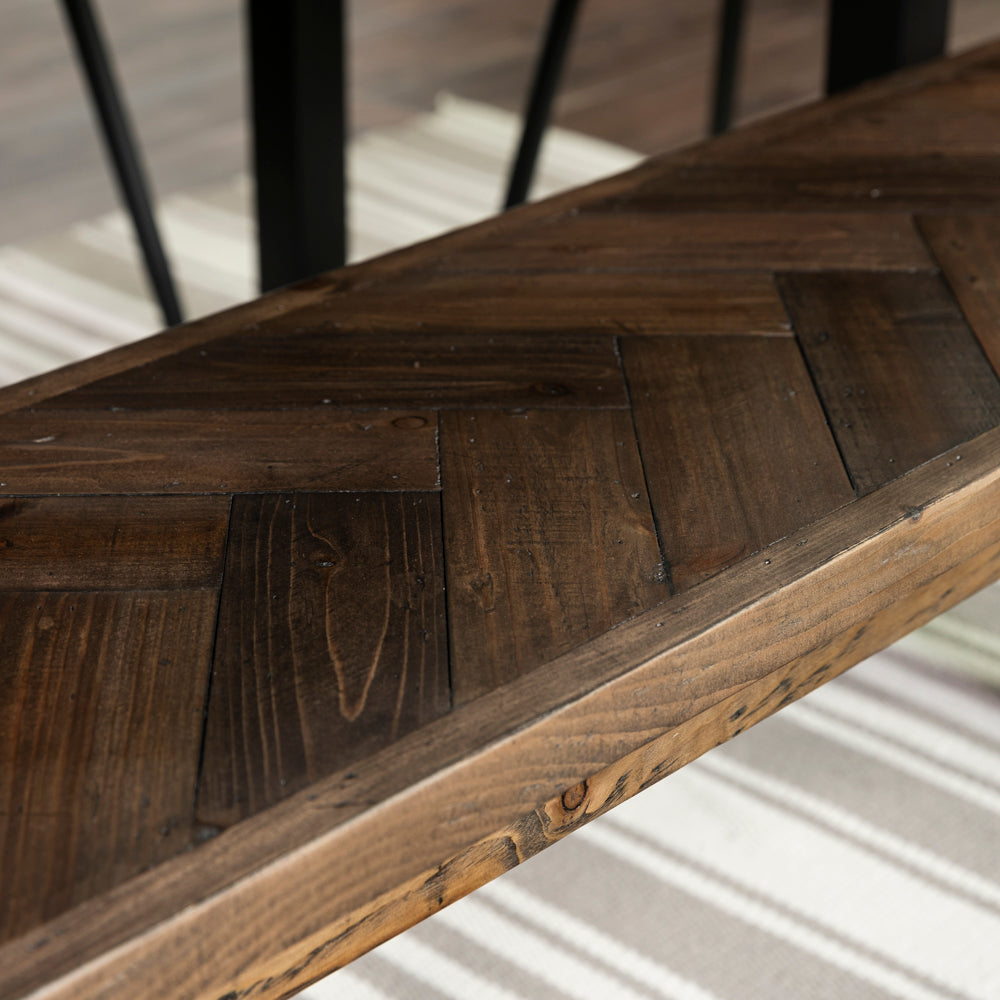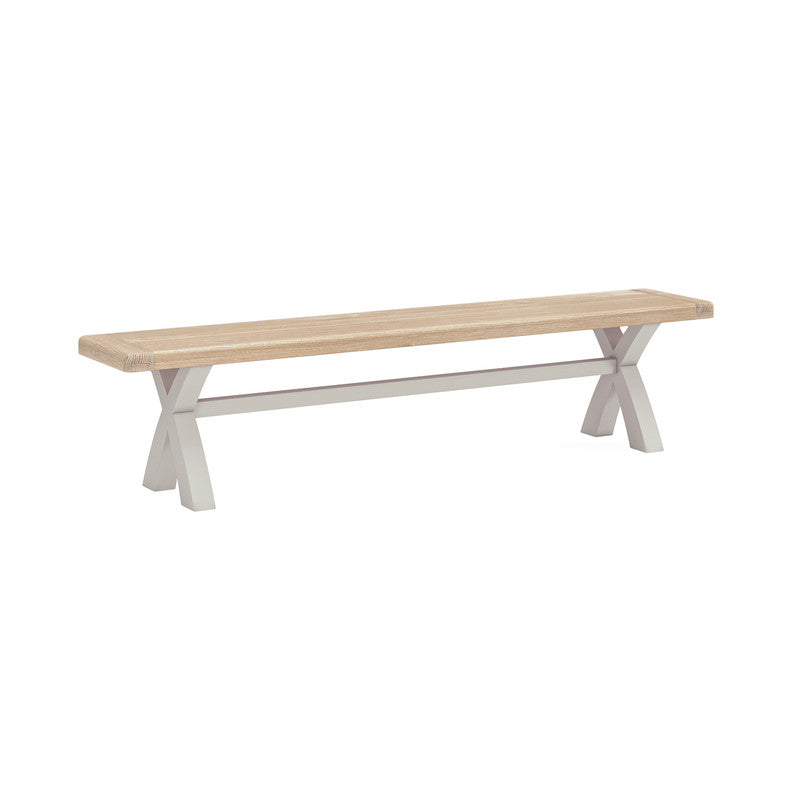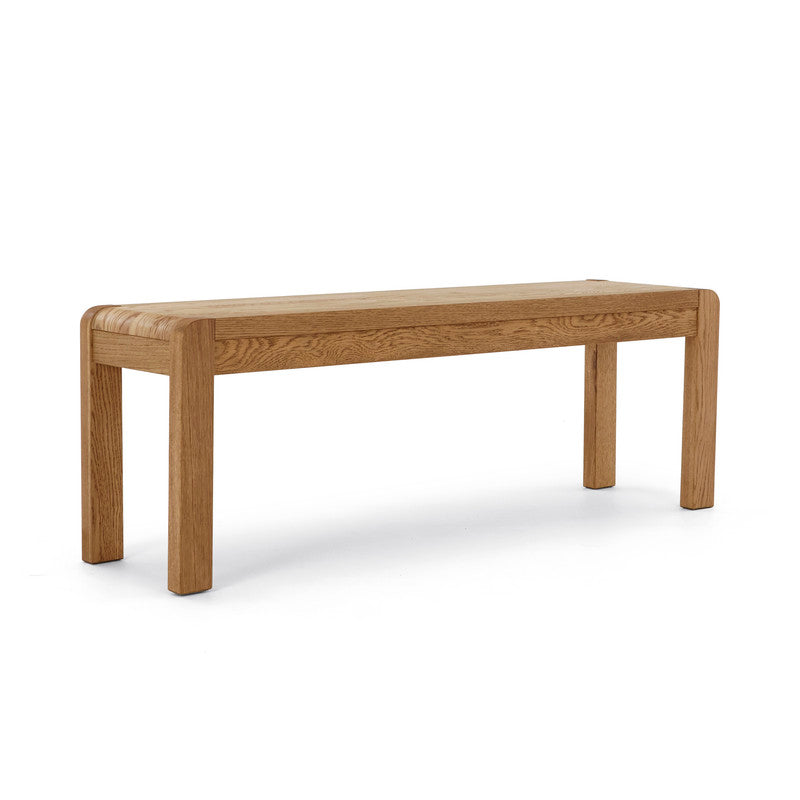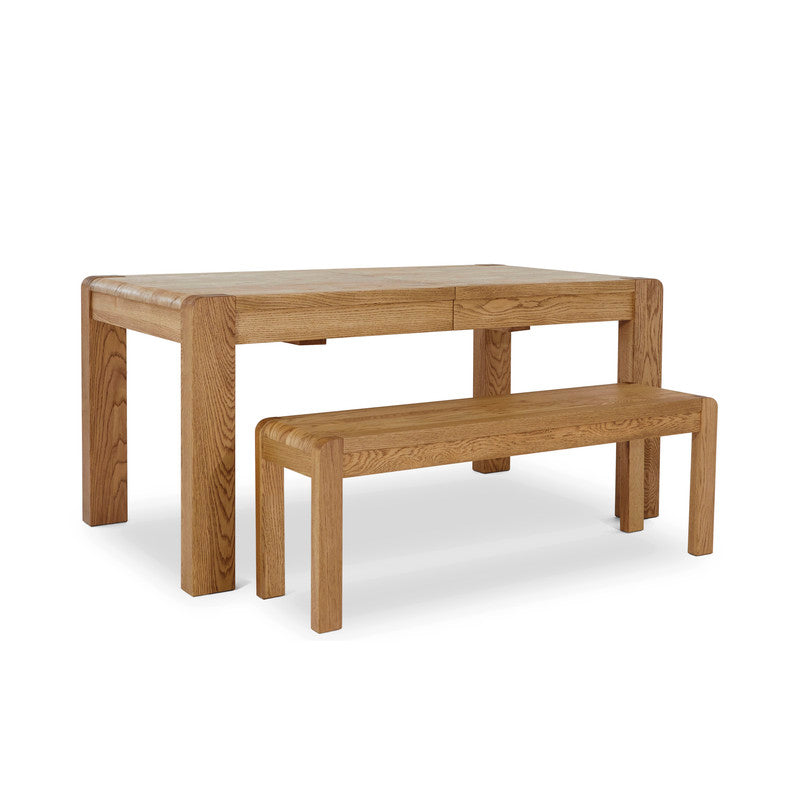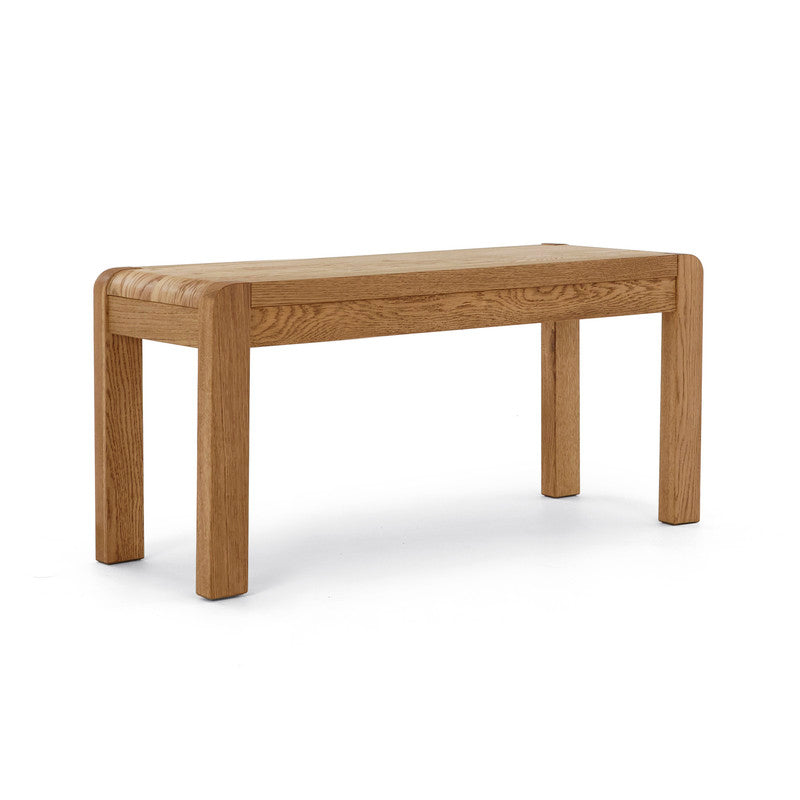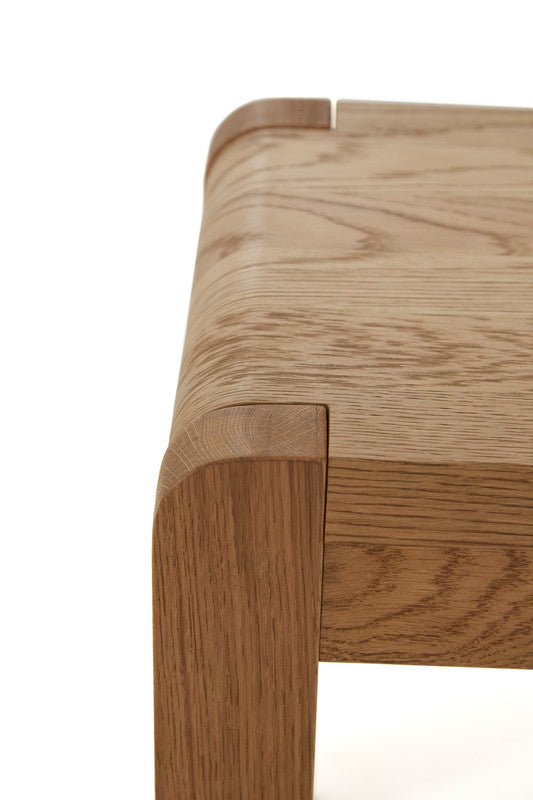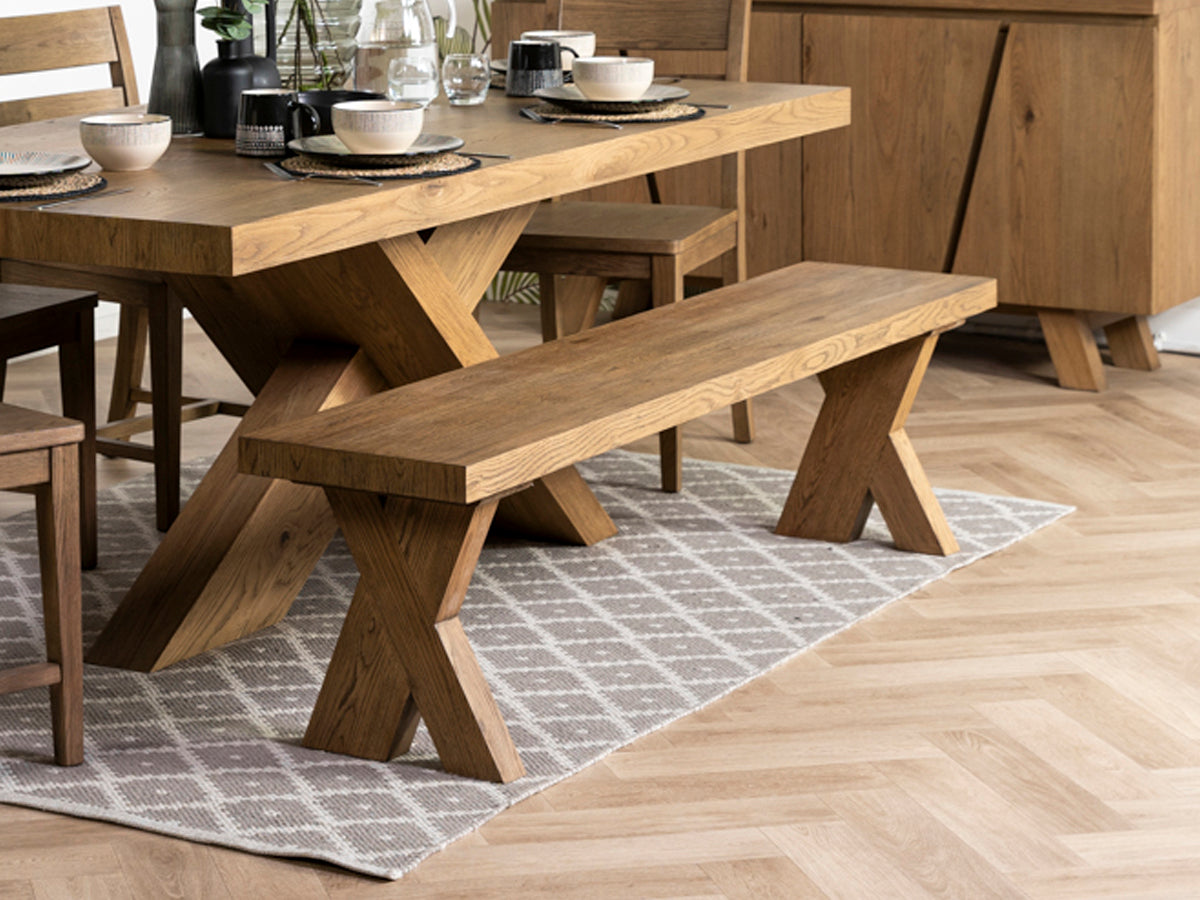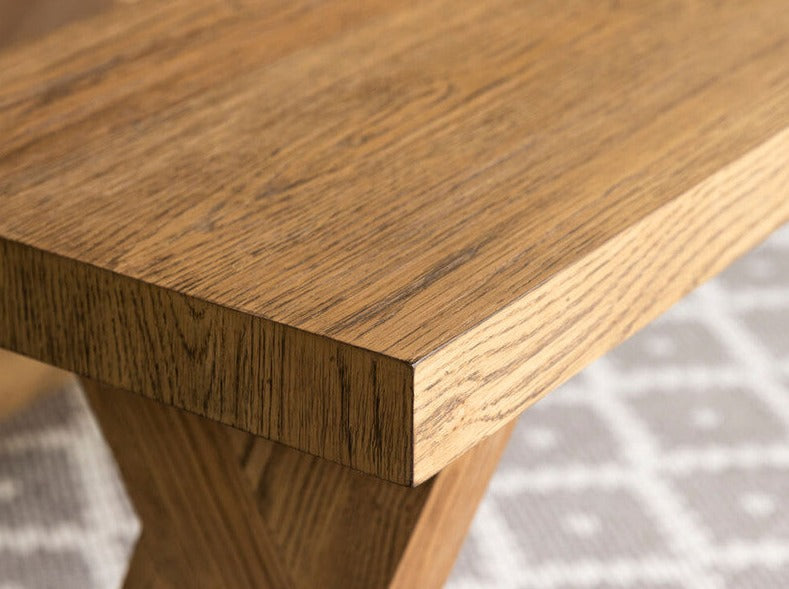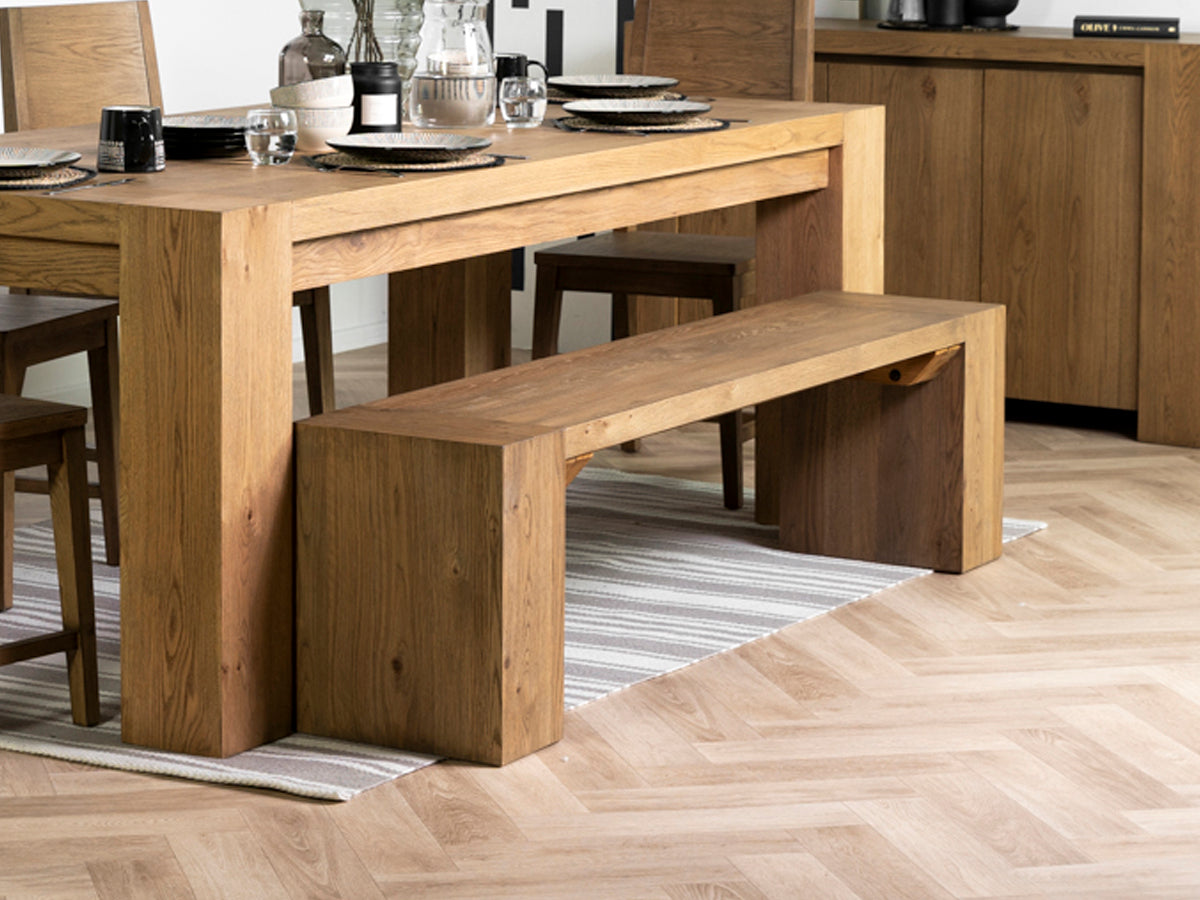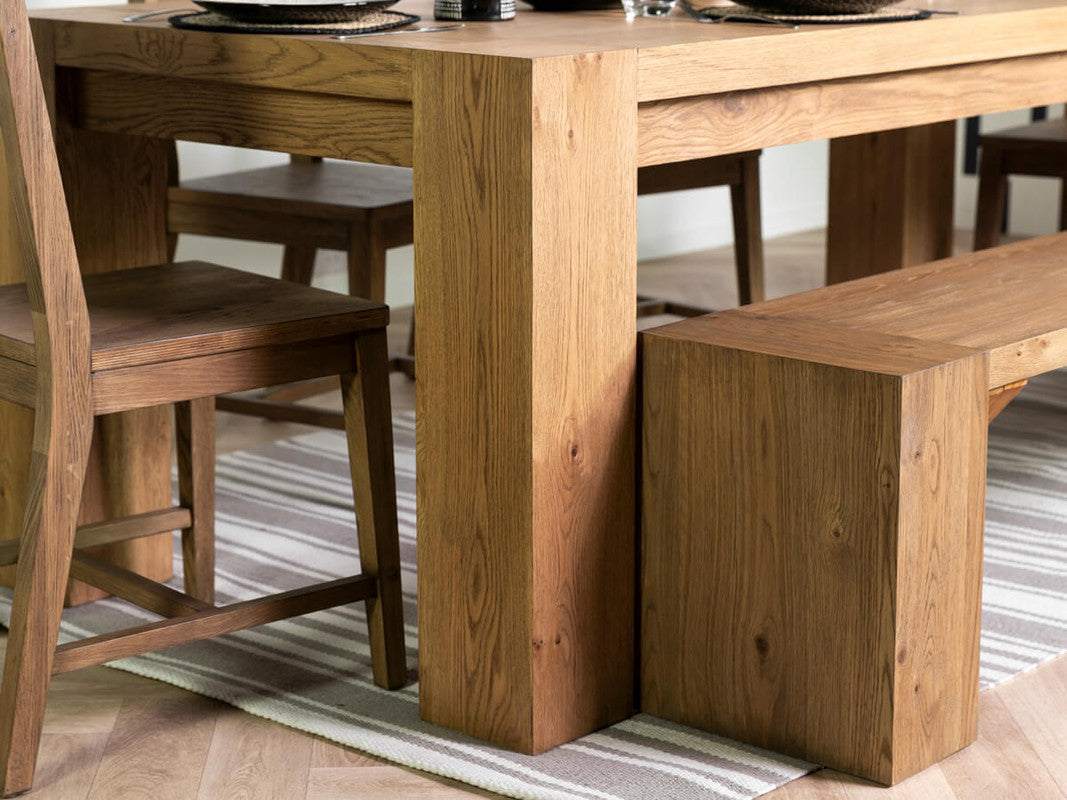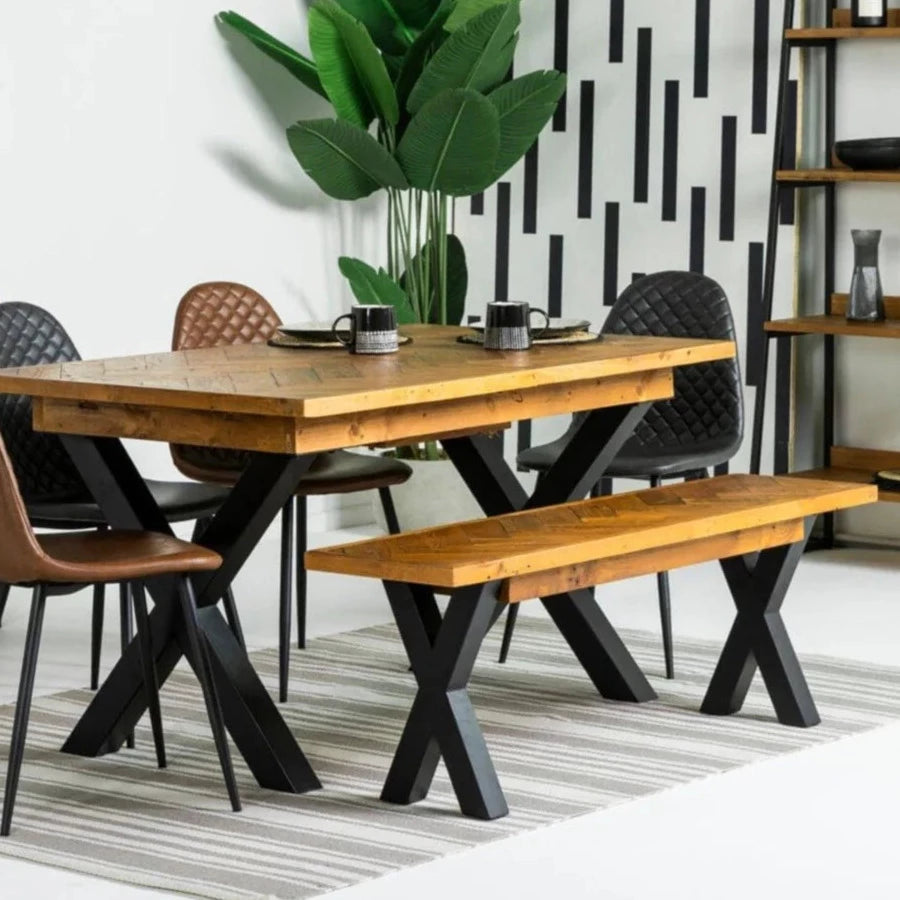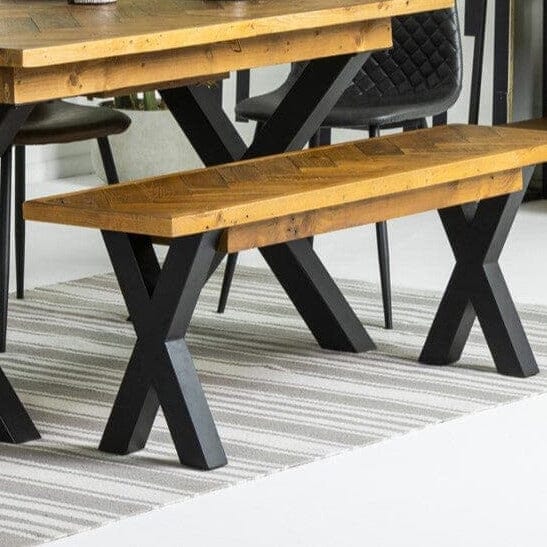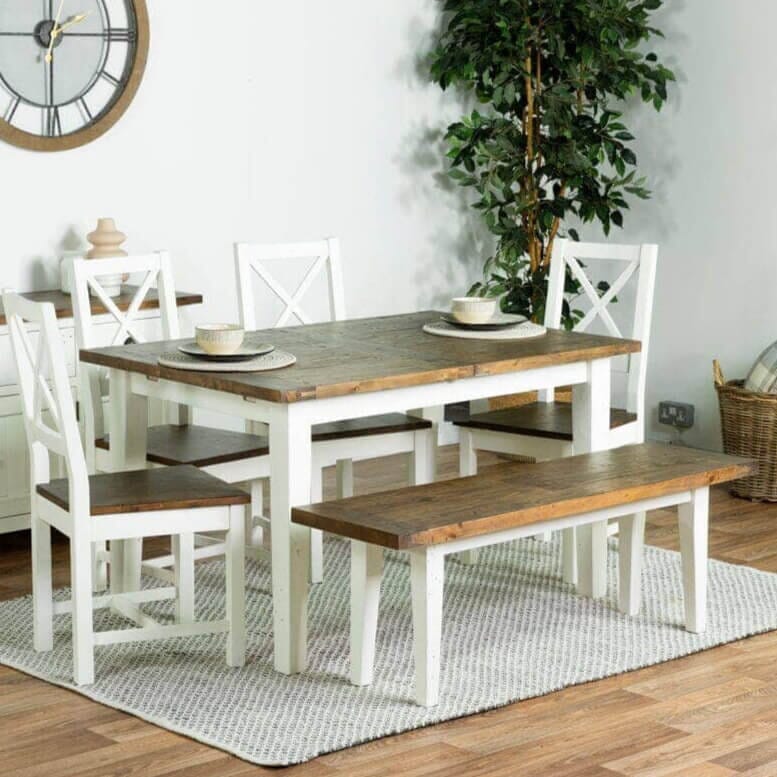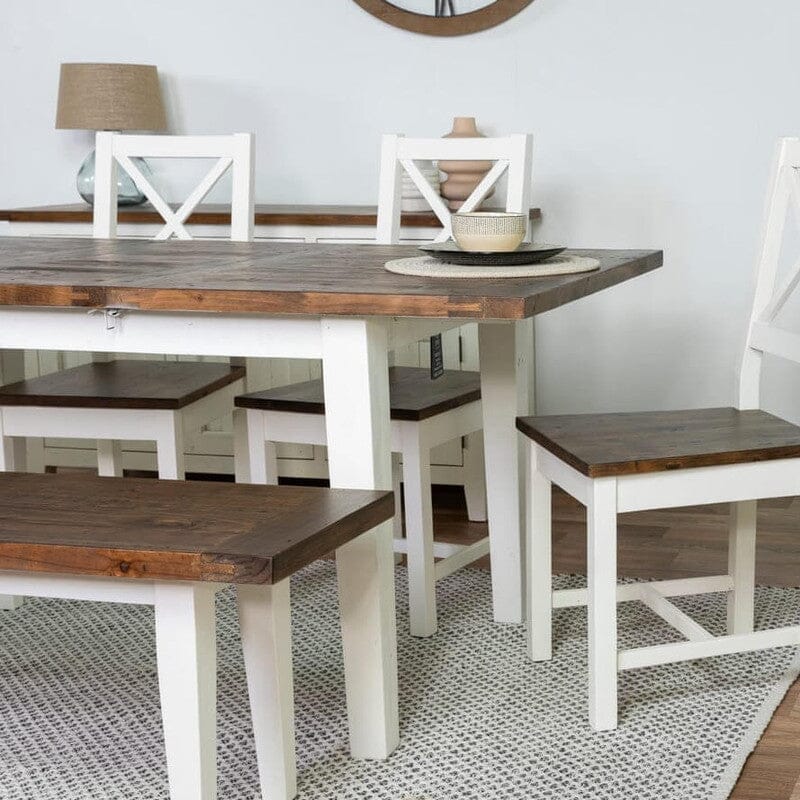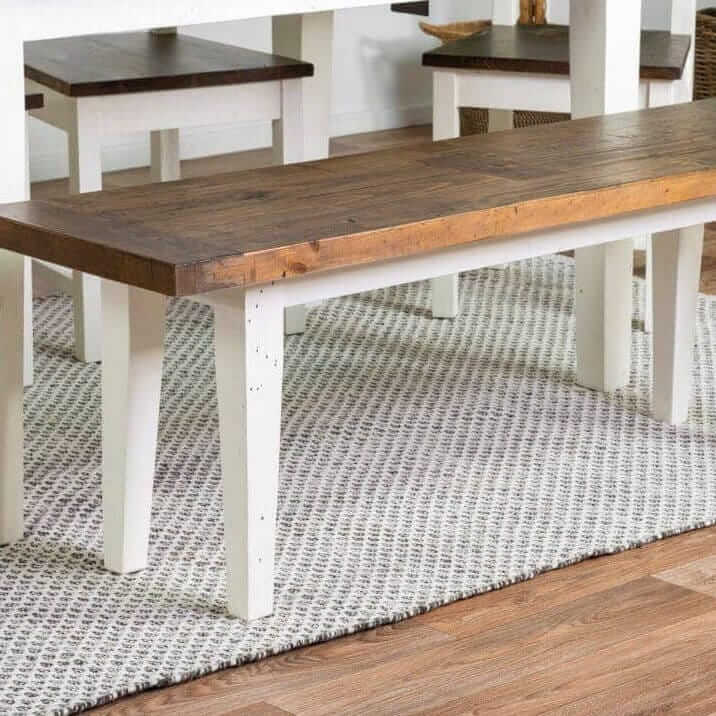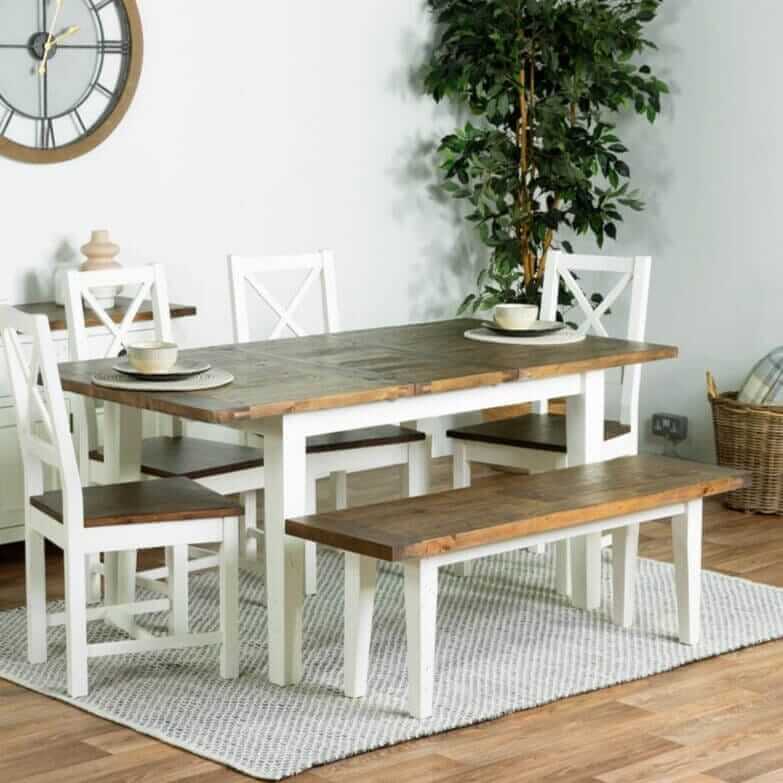Benches
Filters
29 products
Vienna Oak Dining Bench
Montana Oak Cross Leg Dining Bench
Brooklyn Light Cross Leg Bench
Huntington Rope Bench
Huntington Natural Dining Bench
Huntington Navy Dining Bench
Langley Smoked Dining Bench
Langley Natural Dining Bench
Milford Dining Bench
Louvre Dining Bench
Montrose Small Bench
Artisan Dining Bench
Arc Dining Bench
Exeter Dining Bench
Brooklyn Light Reclaimed Wood Small Bench
Tulsa Dark Reclaimed Wood Bench
Lympsham Cross Leg Bench
Padstow Large Bench
Padstow Small Bench
London Dining Bench
Lincoln 1.8M Dining Bench
Tulsa Cross Leg Reclaimed Wood Bench
Devon Extendable Dining Table (140-180cm) & Bench
Devon Dining Bench
Our Benches Collection Includes:
Style Varieties: Modern minimalist, traditional farmhouse, contemporary sleek, rustic industrial, and classic Windsor designs
Size Options: Compact 2-seater benches (36-48 inches) to large 6-seater options (72+ inches), including adjustable and modular configurations
Shape Categories: Straight benches for dining, curved designs for bay windows, corner benches for breakfast nooks, and circular options for entryways
Material Options: Solid wood (oak, pine, walnut), upholstered fabric and leather, metal frames with cushions, and weather-resistant materials for outdoor use
Color/Finish Range: Natural wood stains, painted finishes in white, black, and colors, plus extensive upholstery fabric selections
Price Points: Budget-friendly options from $99, mid-range designs $200-500, and premium handcrafted pieces up to $1,200
Complete Buying Guide
How to Choose the Right Bench for Your Space
Size Considerations: Measure your space width and allow 6 inches clearance on each side. Standard bench height ranges 17-19 inches, with seat depth of 14-16 inches for comfortable seating.
Space Planning: Ensure 24-30 inches clearance behind dining benches for easy access. Entryway benches should leave walking space, while storage bench placement requires overhead clearance for opening.
Capacity Planning: Allow 18-24 inches width per person for comfortable seating. Storage benches should accommodate seasonal items or frequently used essentials.
Material Guide
Wood Options: Oak provides durability and classic appeal, pine offers affordability with rustic charm, while walnut delivers premium appearance with excellent longevity.
Alternative Materials: Metal frames ensure stability with modern aesthetics, upholstered options add comfort for extended seating, and composite materials offer weather resistance.
Maintenance Requirements: Wood requires periodic conditioning, upholstered benches need regular vacuuming and professional cleaning, while metal options need occasional dusting and rust prevention.
Style & Design Considerations
Room Compatibility: Traditional benches complement farmhouse and classic interiors, modern designs suit contemporary spaces, while transitional styles work across multiple design schemes.
Shape Benefits: Straight benches maximize seating capacity, curved designs soften room angles, while corner configurations optimize space utilization.
Practical Considerations: Assembly typically requires 1-2 hours with basic tools. Consider doorway measurements for delivery, and budget for cushions or accessories to complete your setup.
Styling & Complementary Items
Complete the Look: Pair dining benches with matching or coordinating chairs for flexible seating arrangements. Add throw pillows and blankets to upholstered benches for enhanced comfort and seasonal color updates.
Room Coordination: Match bench finishes to existing furniture or choose complementary tones. Garden bench styles can transition indoors for cohesive design flow between spaces.
Seasonal Styling: Rotate cushion colors and textures throughout the year. Storage bench tops provide display space for seasonal decorations while concealing off-season items.
Entertaining Considerations: Benches accommodate more guests than individual chairs, making them ideal for holiday gatherings. Position near walls for easy access and conversation flow.

